
The world of performance cars is like a Greek temple. Bear with me on this, honestly, it’s not as pretentious as it sounds. Like a Greek temple, it’s supported up by columns, in this case, ones made of the most significant performance cars on sale.
The Porsche 911, the Golf GTI, the Mazda MX-5 and the Ford Mustang, to name a few. Not only do these cars provide a yardstick for all their rivals to compete with, they actually carve out a market so that similar cars can exist.

One of those essential pillars is, of course, the BMW M3. It is the consummate performance saloon. Its position as a structural element of the performance car world isn’t simply through longevity, because, although it’s been 35 years since it first went into production the M3 wasn’t the first of its kind. It stole the mantle from a series of fast Fords that started with the Lotus Cortina.

The M3 hasn’t always been the best, either, but it’s consistently been a high-water mark of its genre and has provided a target for other manufacturers to take a swing at, right from when it was launched with the E30.
HistoryThe reason for the M3’s existence, initially anyway, is as simple as it is well known; it was so BMW could win races. The E30 M3 is a homologation special that only the 1980s could produce. It’s not a subtly tweaked version of a regular car; the M3 is a reverse engineering project. BMW’s motorsport department in Garching turned a two-door E30 3 Series into the Group A touring car it needed to dominate the tracks of Europe. Only then, once it had built its ideal competition weapon, did it tone down its race car and make it into a sellable road car.

The result of BMW Motorsport GmbH’s work was 20 alterations to the E30’s bodywork, including wider box arches, a bonded front screen, deeper side sills and bumpers, a rear spoiler and a completely reworked rear window and boot profile. Finished in plastic, the more raked rear screen and taller trunk height were designed to better direct air to the rear wing.
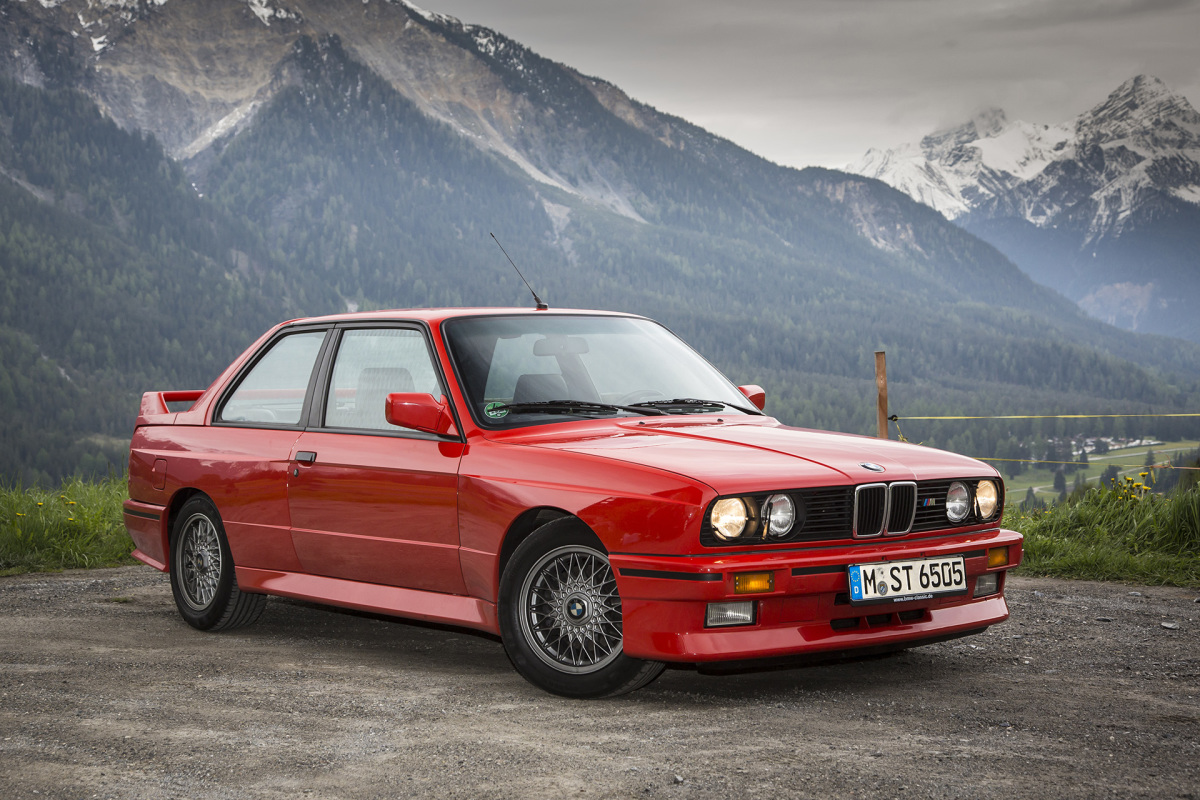
The car’s chassis was considerably re-tuned, too. At the front, bigger heavy-duty wheel bearings and five-stud hubs accompanied larger brakes. The caster angle was increased three-fold, and the M3 also includes a faster steering rack. Spring rates and dampers are different and the front anti-roll bar is not only thicker it’s also connected to the struts and not the more in-board points of the control arms. Despite some spring, damper and anti-roll bar changes, a standard limited-slip differential and some five-stud hubs, the M3’s back axle is pure E30.
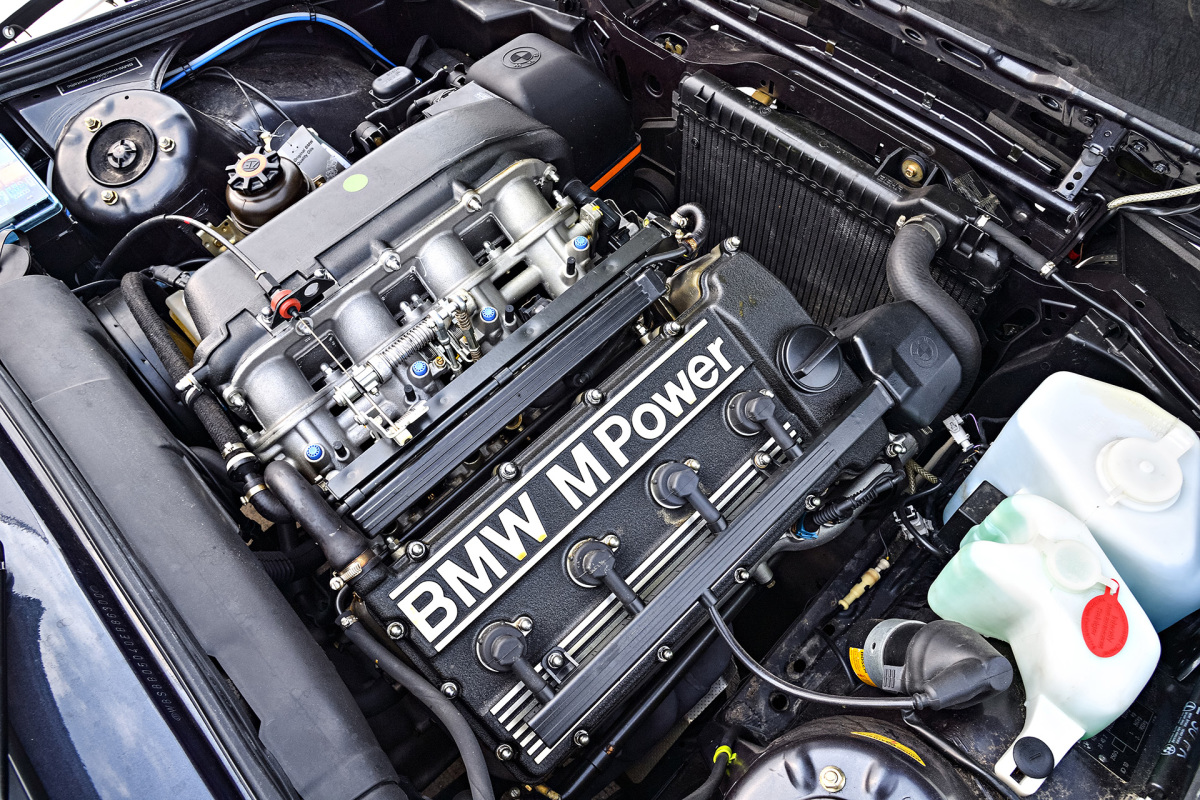

The E30 M3 also received a bespoke drivetrain; all it’s missing from the full ’80s homologation template is a turbocharger. Without forced induction, and with only four and not the six cylinders that BMW was known for, the E30 was initially a little disappointing to those used to racing E24 635S. Plus, the 2.3-litre straight-four S14 that powered the M3, contradicted BMW’s company policy of the time. In 1980, the Munich manufacturer proudly adverted that “it is not possible to build an engine that’s perfectly balanced with less than six cylinders arranged in a line (…) which is why every engine BMW makes that’s two litres or larger, is an in-line six-cylinder engine.”
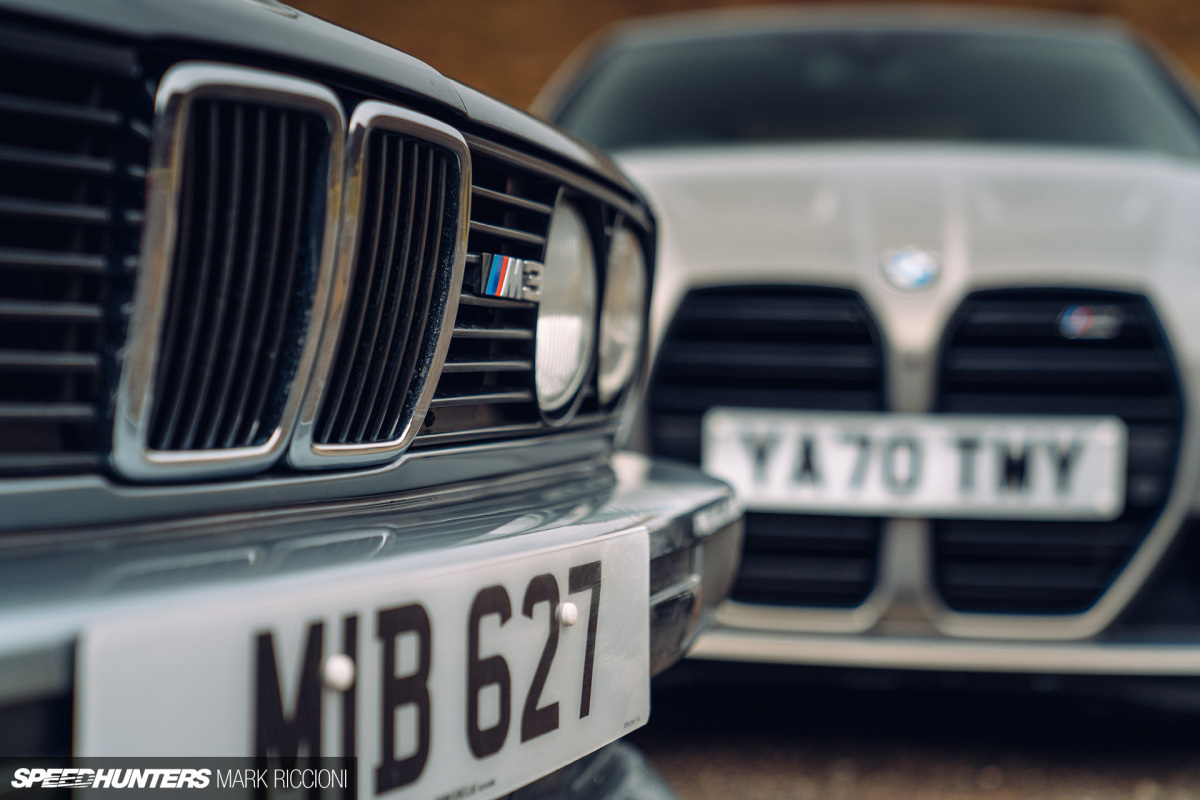
So why tear up its own rulebook for the 2.3-litre four-pot S14? At the time BMW said – through gritted teeth, presumably – that a four-cylinder generated more low-end torque and, thanks to a shorter crank, was more reliable at high revs. Plus, the smaller engine meant it could be placed further back in the E30’s chassis to keep more weight off its nose.
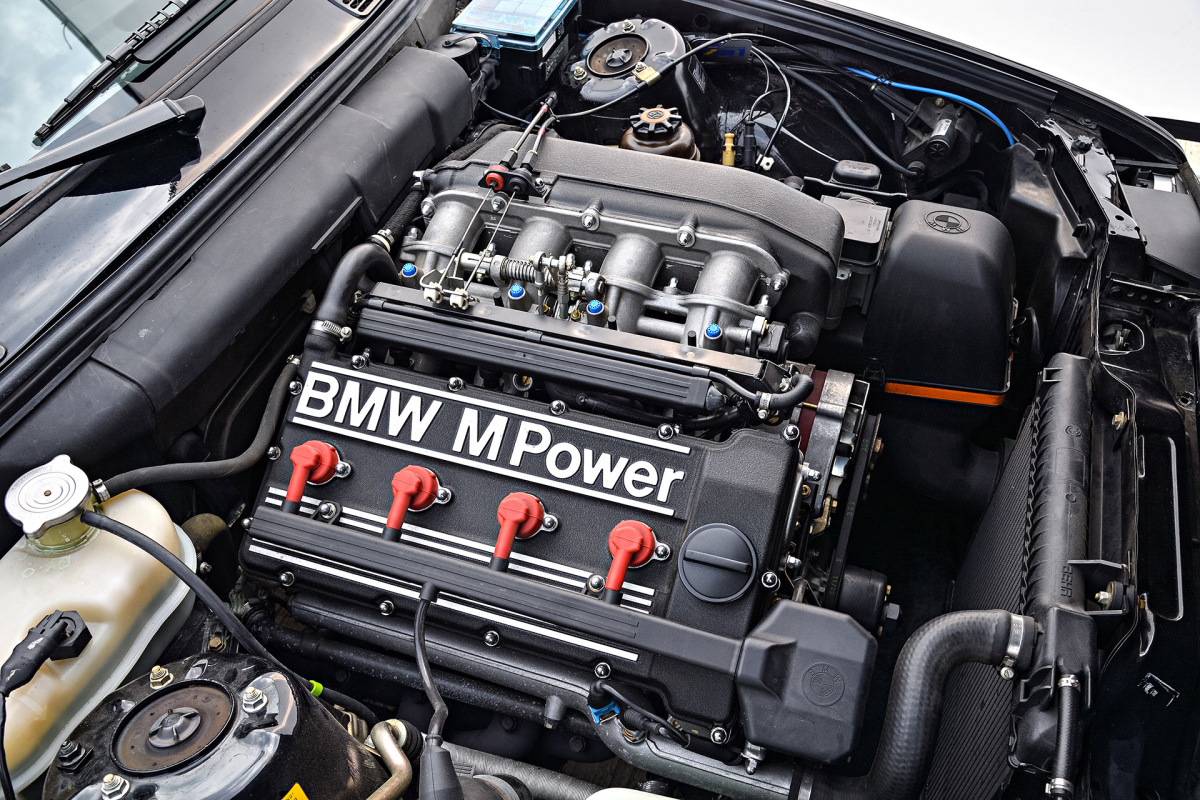
The theory convinced a few, but more were persuaded by romantic tales. In the most rudimental way, the M3’s S14 is a combination of BMW’s 1,000bhp M12/13 Formula One engine and the 24-valve M1, M5 and M635CSi’s M88 motor. In that the S14’s cast-iron block is closely related to that of BMW’s venerable M10 engine, the one also used (after being aged, reportedly) in the ultra-powerful F1 motor. While the S14’s cylinder head was found after BMW’s crack engine designer, Paul Rosche, cut the end off the M88’s four-valves-per-cylinder head and plonked it onto the M10 block.
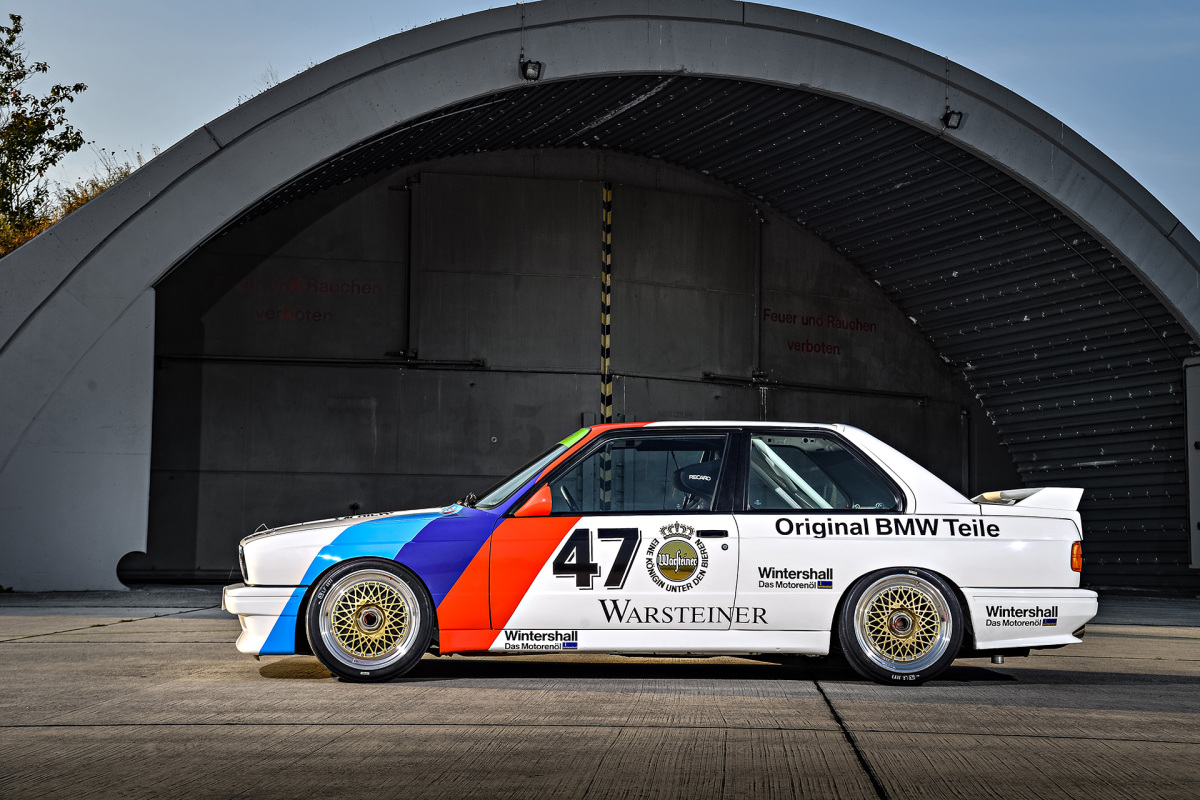
If that yarn is true, and Rosche is quoted saying as much, that was just the start of the S14’s development and far from the finished idea. Along with winning many races, including those of the endurance variety, the E30 needed to be sold at a minimum of 5,000 a year to qualify for Group A regulations. So no part of the car was just thrown together from a pile of spare parts Rosche found lying around; no matter how skilled an engineer he was and no matter how acclaimed those bits might have been. The entire car, as well as the engine, was subjected to five years of intensive development before it was launched as a road and race car. Put like that, it’s hard to get snooty about the S14’s relative cylinder deficiency.
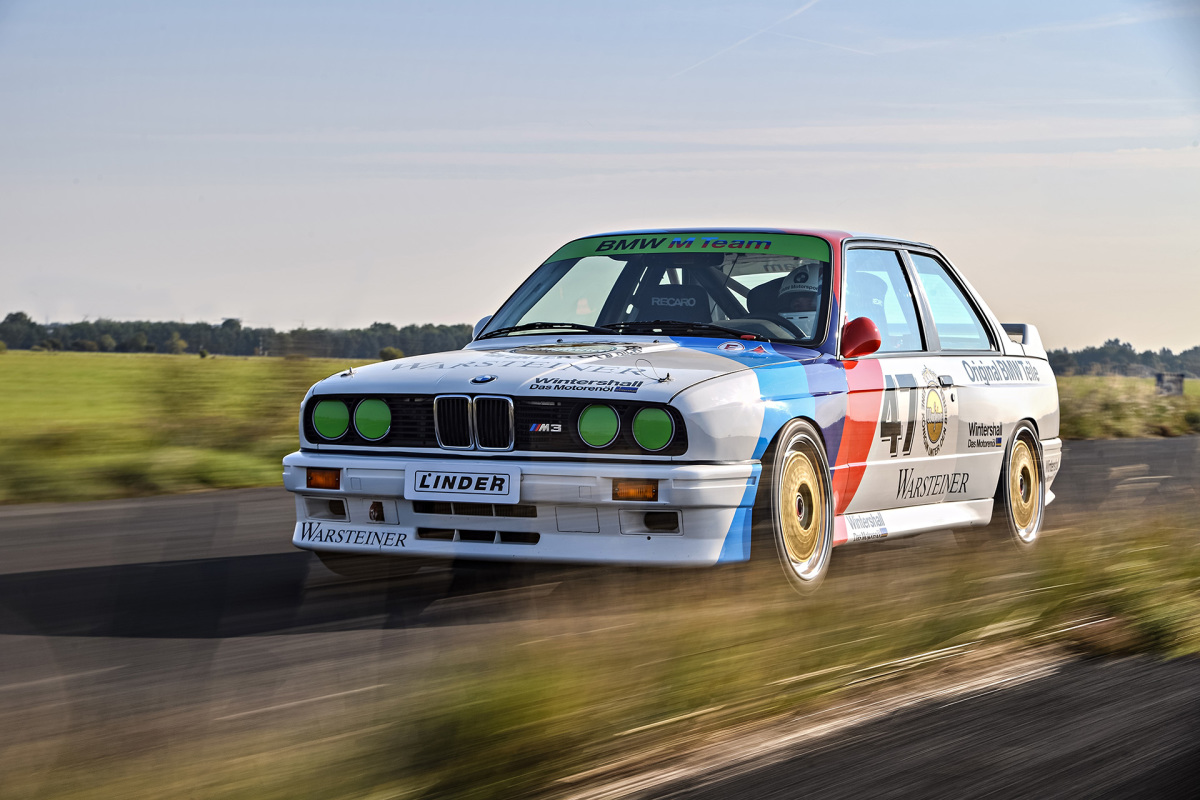
For anyone still not convinced, in its first iteration, the 2.3-litre S14 produced 200bhp and 177lb-ft of torque. 86bhp-per-litre, 6bhp more than the M1’s 277bhp M88 delivered. In race trim, the S14’s power was, as you’d expect, significantly more; around 300bhp.
That was until more oomph was needed to compete with the Cosworths.
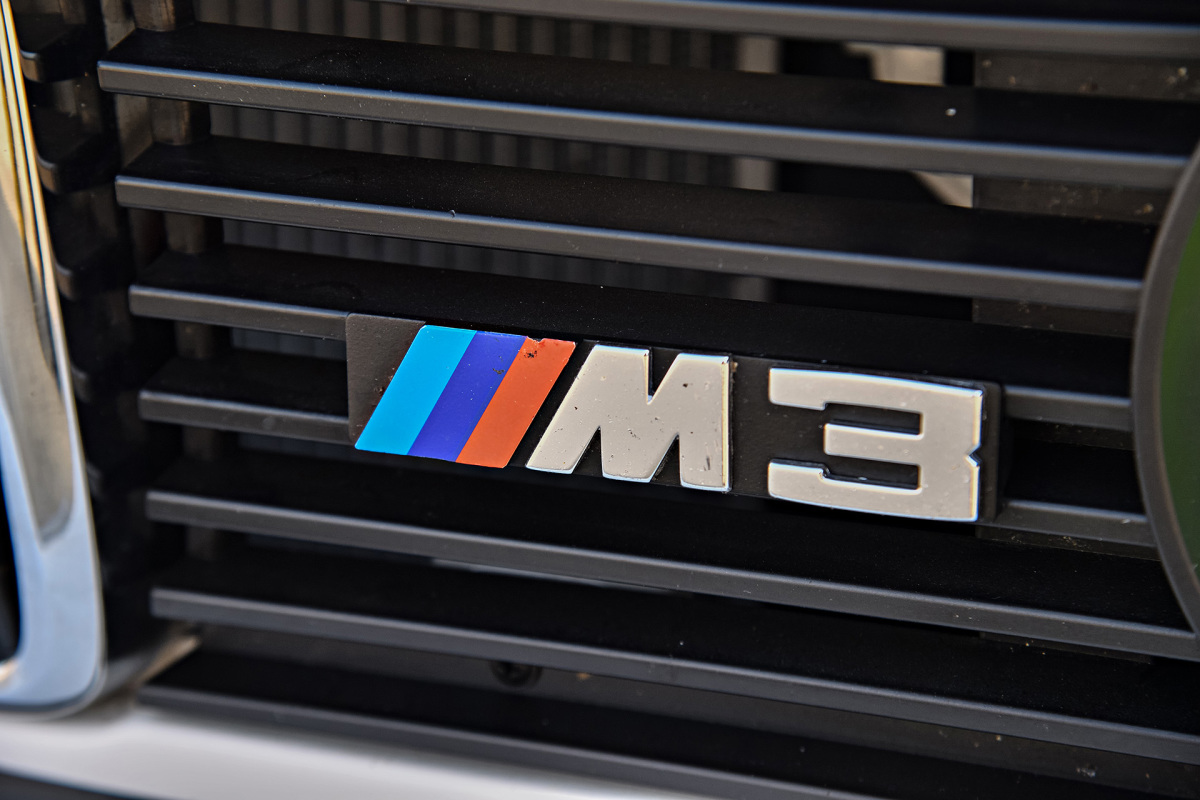
The M3’s racing life started with a bang. It debuted in 1987 and allowed Roberto Ravaglia, Frank Sytner and Eric van de Poele to win the drivers’ titles in the World Touring Car Championship, British Touring Car Championship and Deutsche Tourenwagen Meisterschaft, respectively. In its first year, it wasn’t a Cosworth-powered Mercedes that the M3 had to beat to achieve those trophies, but the turbocharged Ford Sierra Cosworth.
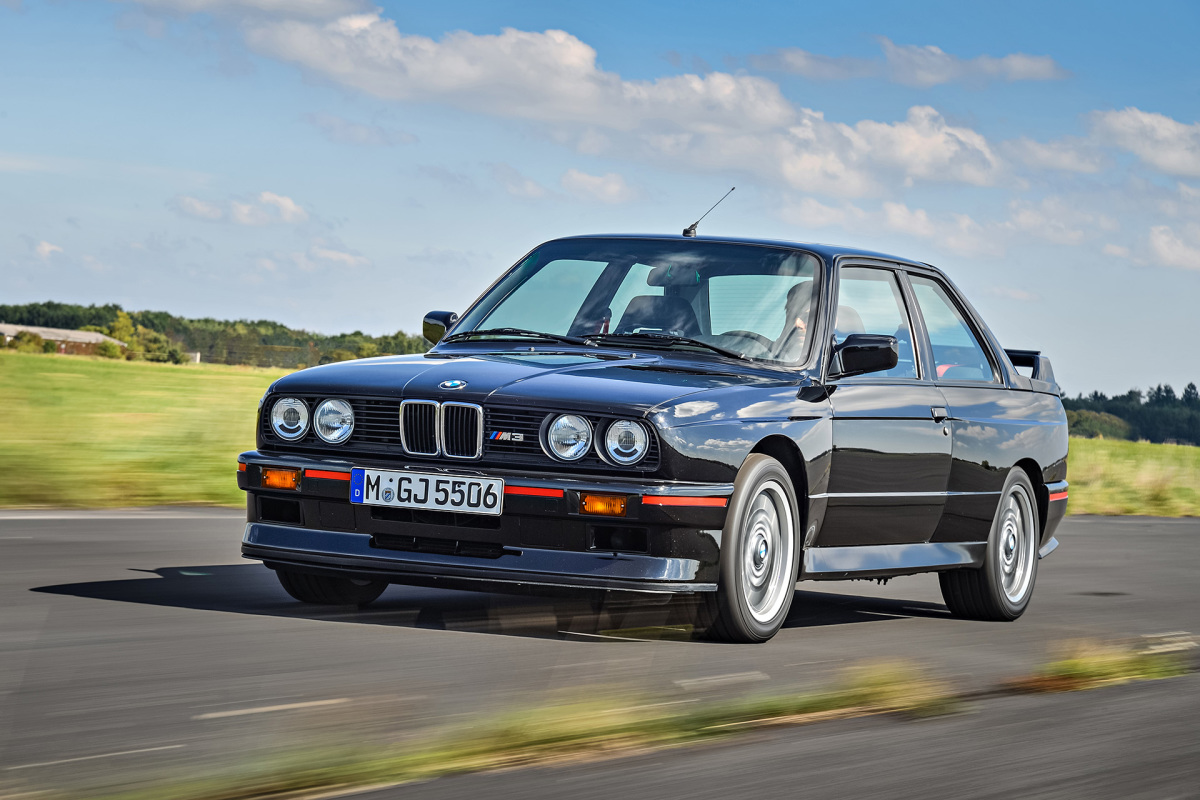
The M3 was the kick that Mercedes needed to be more involved in racing. And, in 1988, five years after the 190E 2.3-16 road car was launched, it mounted a serious attack against the new contender in DTM. The M3 versus Cosworth battles -both Sierra and Mercedes – were fierce. Klaus Ludwig and Ford took the 1988 title and in 1989, the last year of the forced induction cars in the series, the M3 and Ravaglia saw off the contenders to take the overall win. After it had been outlawed, the Sierra’s position in the top tier of DTM was taken over by the Audi V8 in 1990 and, driven by Hans Stuck, it took the overall win in the big Audi’s first year.
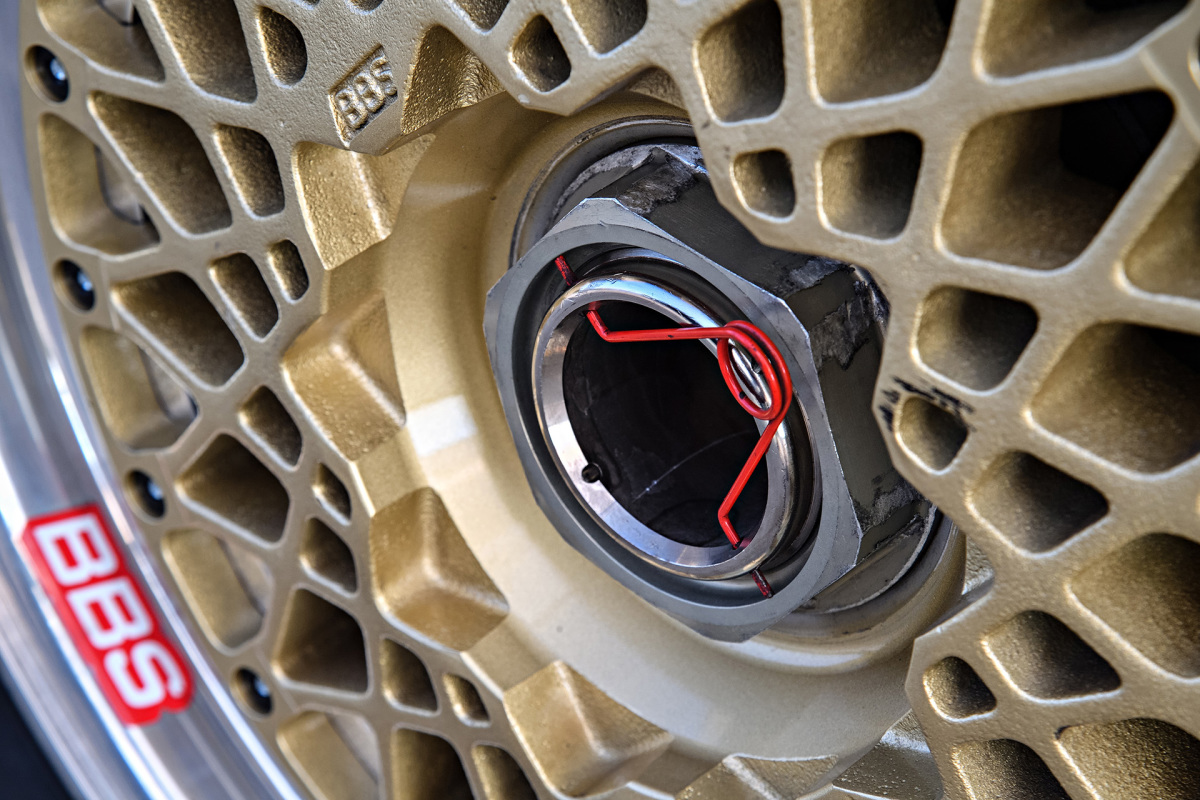
To keep it competitive against its DTM contenders, BMW continued to tweak the road-going M3 so that it could homologate more powerful engines, more sophisticated suspension and more substantial aero. Evolution and special edition models saw an increase in the S14’s compression ratio to increase power to 220bhp. Larger chin spoilers, brake cooling ducts instead of fog lights, lighter body panels and bigger wheels were also added. The E30 M3’s final flourish was in 1988 with the Sport Evolution, a true contender to the Mercedes-Benz 2.5-16 Evo II. This M3 has a larger capacity S14, with 2,467cc from a 95mm bore and 87mm crank stroke, which resulted in 238bhp in road spec and beyond 320bhp in the race car. The Sport Evo also included a 10mm lower suspension, even wider arches with taller wells to accommodate bigger wheels (7.5×16 inch) and a manually adjustable rear wing and front splitter.
The E30 DriveThere is no doubt the E30 M3 looks great, especially here in 215bhp-spec Roberto Ravaglia Edition. It is, and I don’t use this word lightly, iconic. Its incredible touring car successes, its status within the minds of enthusiasts, and its frequent appearances in pop culture have cemented its place in history. But it’s just not as pretty as a regular two-door E30, is it?
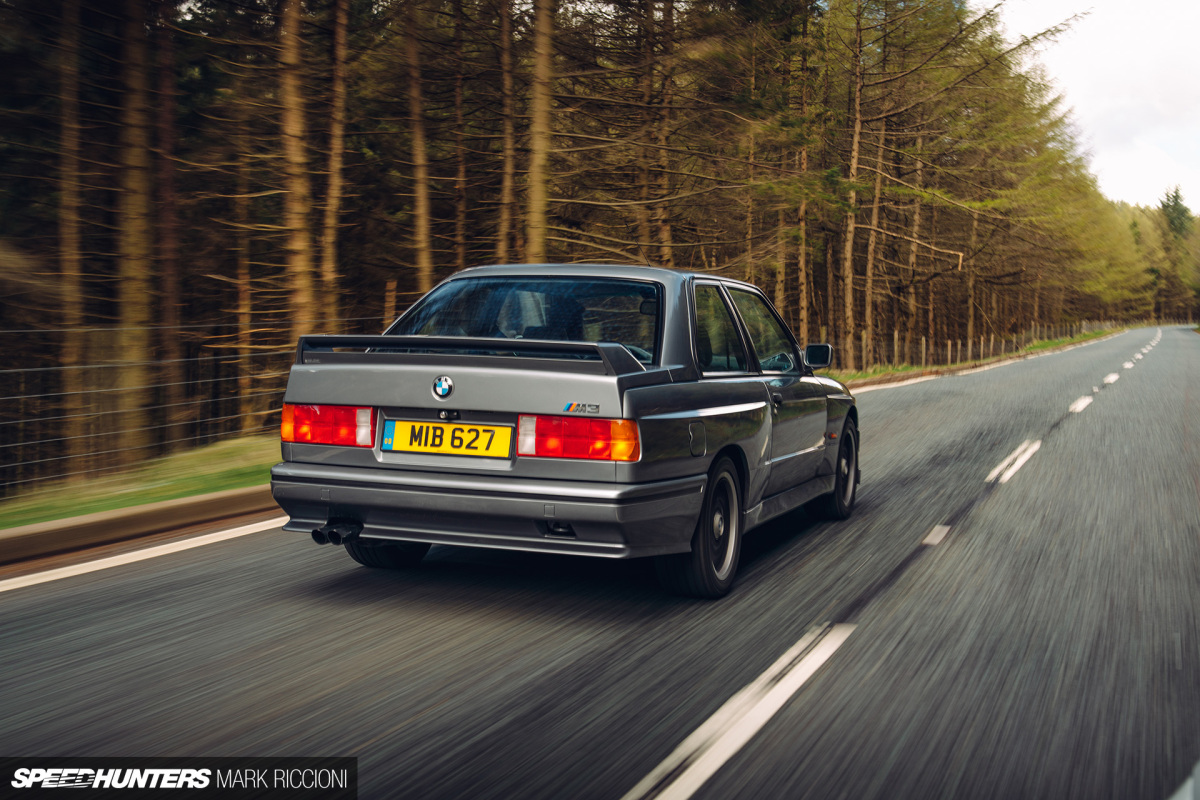
Those box arches are great and the front splitter suitably tough-looking, but that rear window and boot lid arrangement, now that’s the sort of compromise only a wind tunnel can create. And, up close it ain’t pretty.
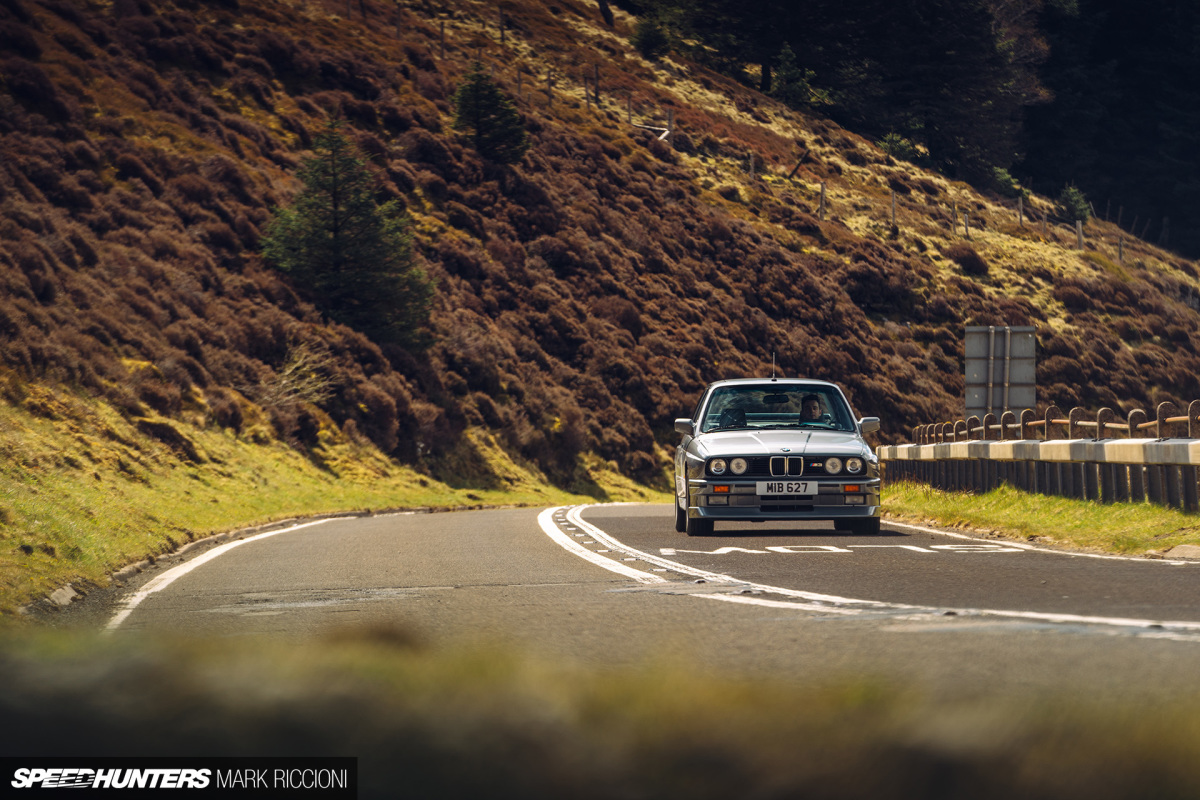
None of that detracts from what a weapons-grade hero it is. The current values prove that. Are they too much? Anyone like me who might want to buy one thinks so, definitely. Considering it’s a homologation special of one of the most successful touring cars ever and could be considered the Porsche 911 2.7 RS of the ’80s or the Audi Sport Quattro of the circuit, then it seems like a steal.
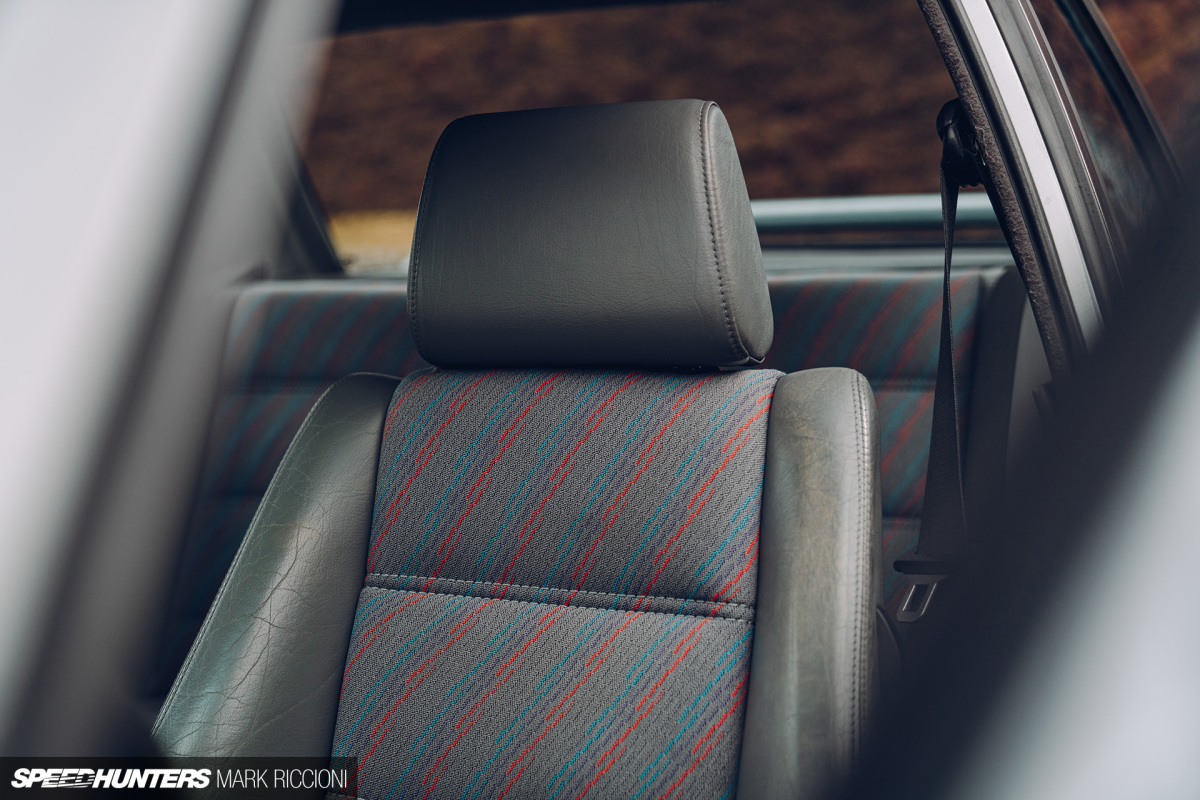
Bargain or not, you can’t help wondering what you’re really getting for your money as you lower yourself into the offset driving position supported by a wobbly old Recaro. Starting the engine doesn’t help, either.
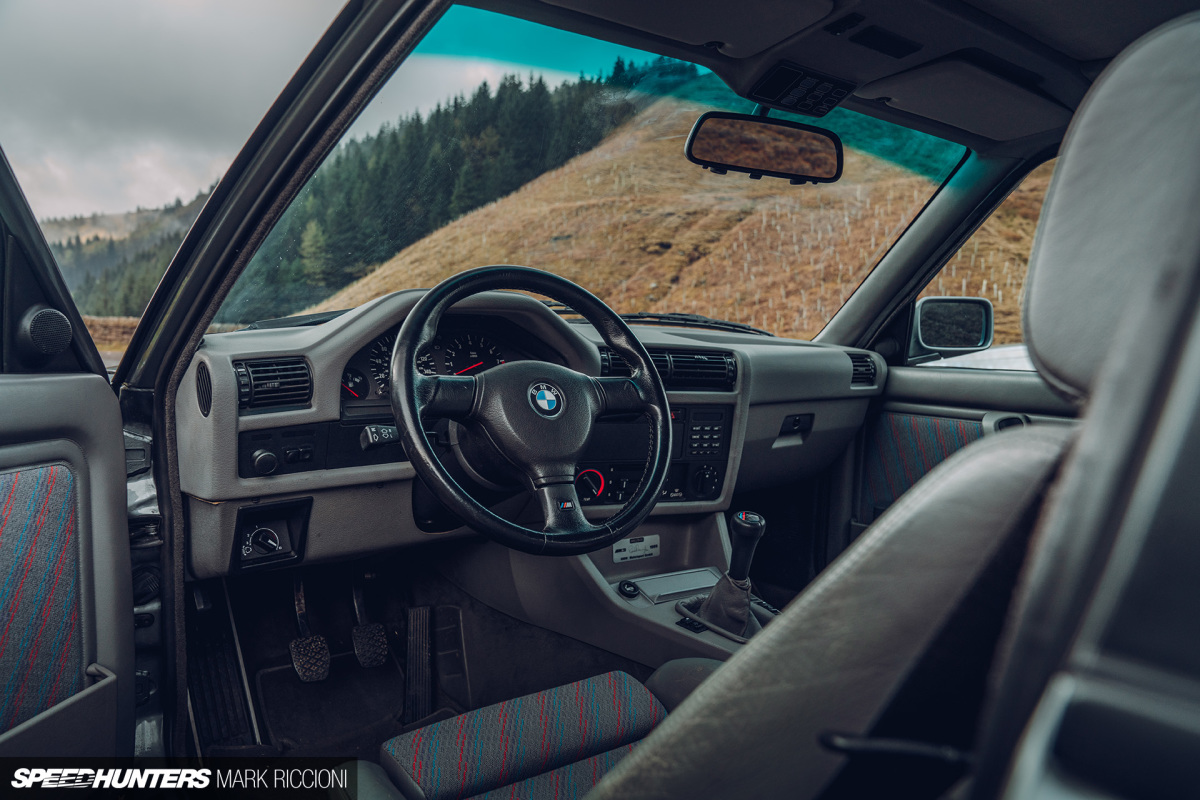
If you’re an E30 M3 DTM video addict, welcome, this is a safe space, you’re in like-minded company. You’ll also be familiar with the frankly glorious induction bark of a race-prepped S14. If you’re an owner of a road-going E30 M3, though, that sound might be alien to you. The S14 in full road trim sounds like, well, an engine, any engine. Why did BMW hate induction noise so much? Did it really want to hide the S14 four-cylinder-ness so much, so ashamed there wasn’t a full complement of pistons that it couldn’t allow just a little bit of trademark four-pot intake snort? There’s not really any drama or fizzing intent you might expect from a homologation special, either. None of what you might hope from a homologation special, even. It’s all extremely civilised.
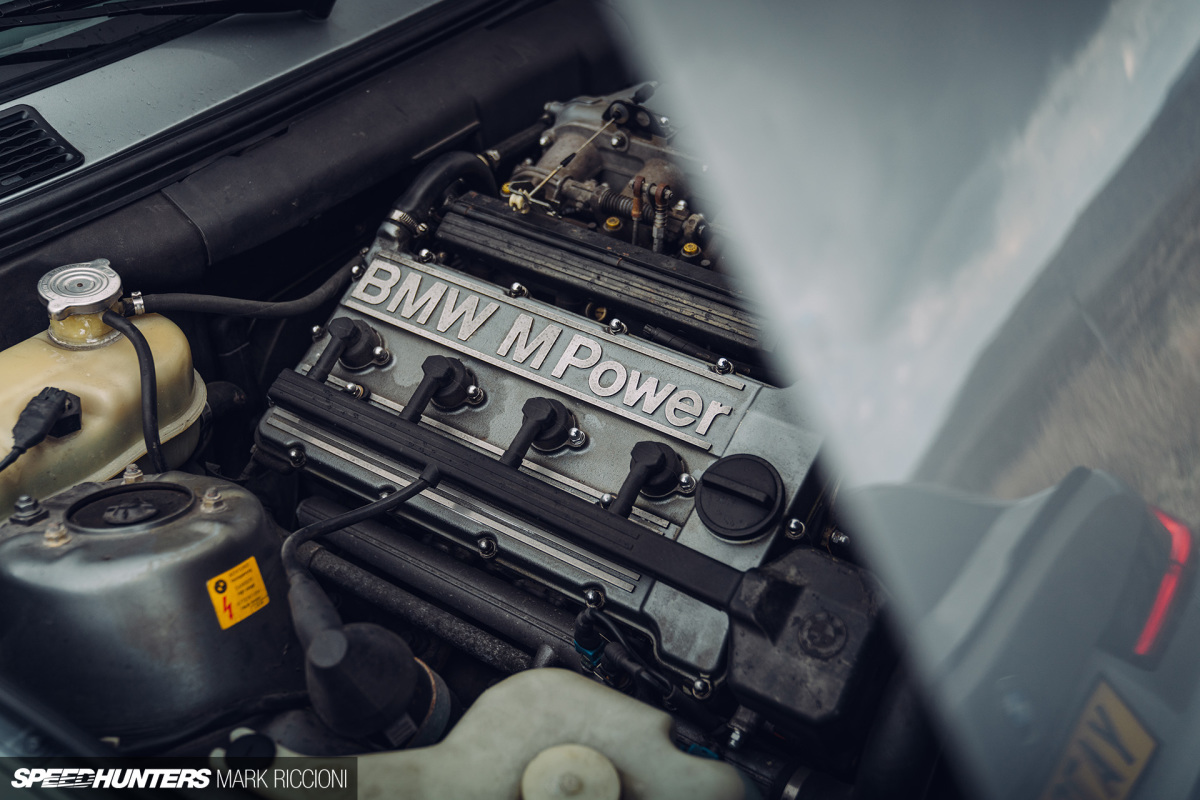
Fantastic noises are what we usually attribute as a charter to engines, but the S14 shows that a great motor has more to give than aural delights. It’s responsive and wants to rev. Slot the car into a low gear and rev out the S14 and you’d guess it was 1.6-litre. It’s that lively, that willing to chase the red line. Then, when you need some torque, it pulls the capacity card and provides some meaningful shove. Why oh why can’t it make a noise to match?
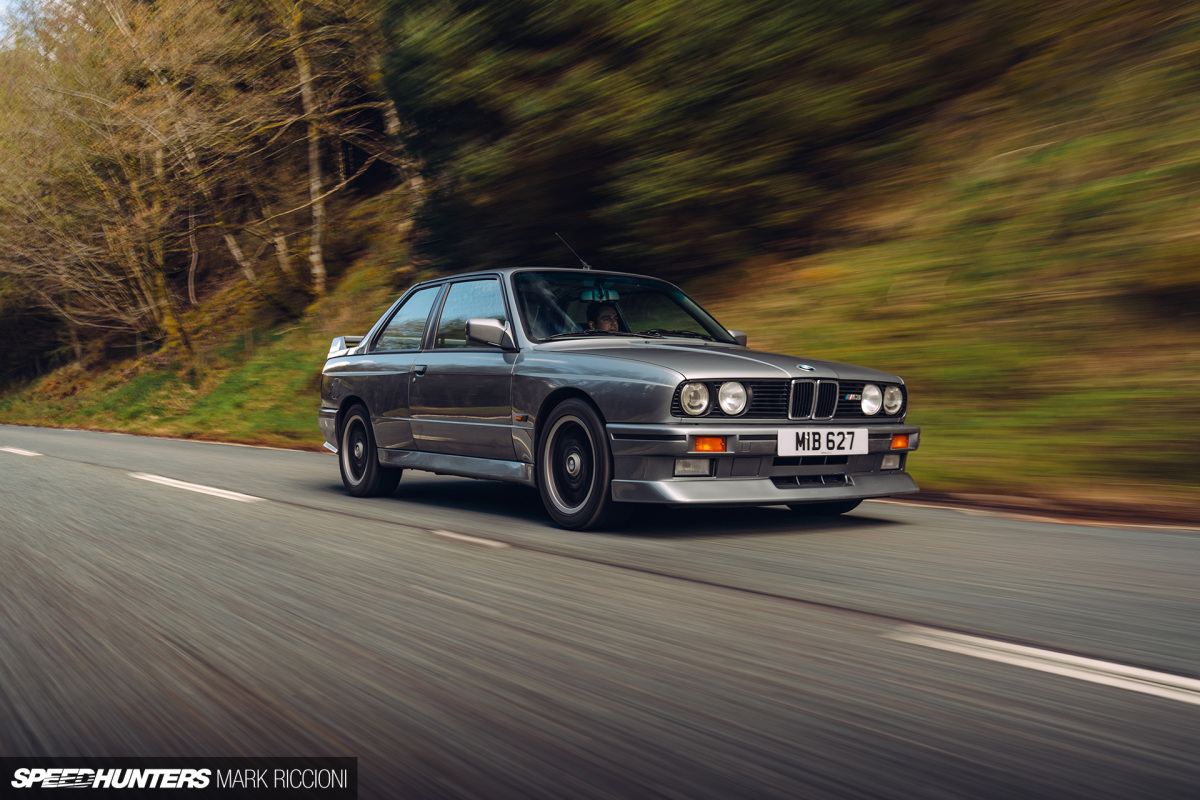
Its appetite for its rev limiter isn’t totally compatible with the way it’s geared, the dog-leg 5-speed’s ratios are all so high. Sometimes, in slow corners, you feel first might be the most appropriate gear and with it stuck out on a limb only to be used for pulling away, that seems ludicrous.
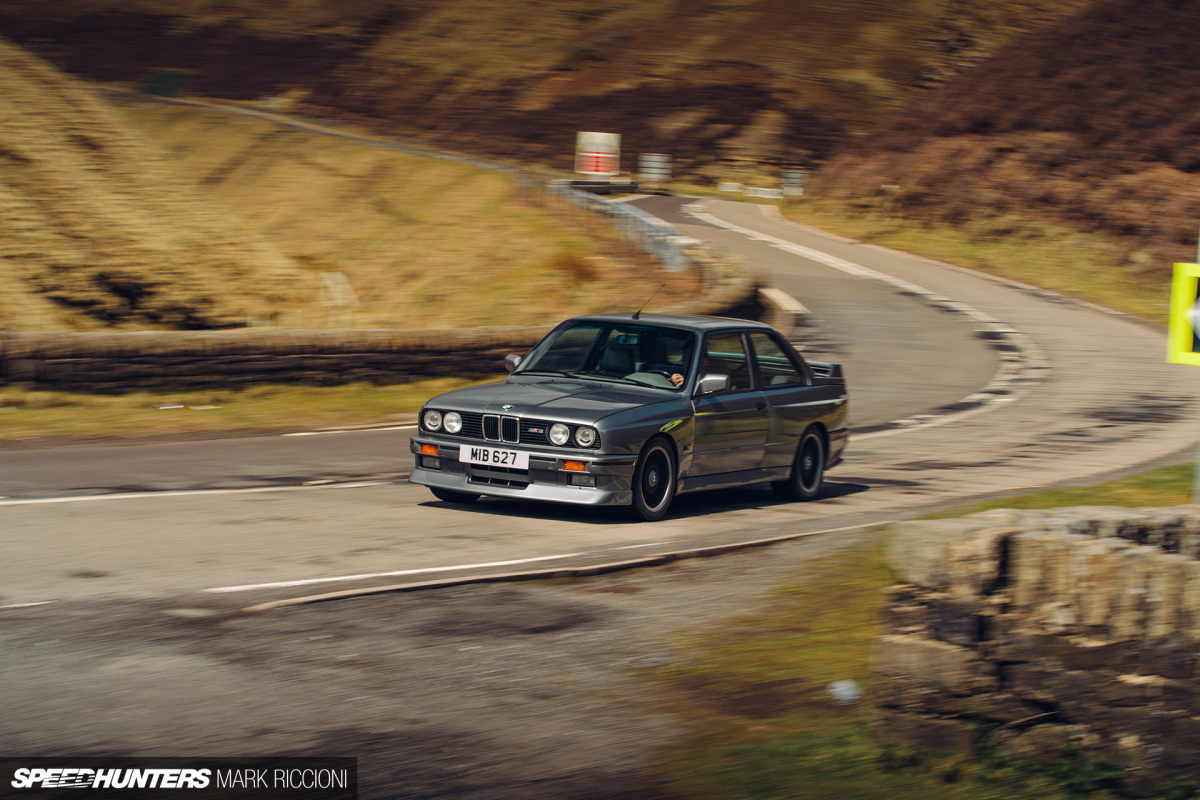
The tall gearing does make the M3 a truly refined cruiser, you know for those rare times when you don’t want to thrash it around. You’d have thought the M5 would have been the autobahn cruiser in the ’80s M-car line-up. But I guess many prospective German M3 buyers wouldn’t have been happy forking out a load of cash for a fast BMW, only for it not to be that fast on a derestricted autobahn. The gear ratios don’t ruin the M3, they just further distance it from your expectations that it’s a DTM racer for the road. Maybe I just don’t get the E30 M3 in the way others do; perhaps I’ve missed the point entirely.
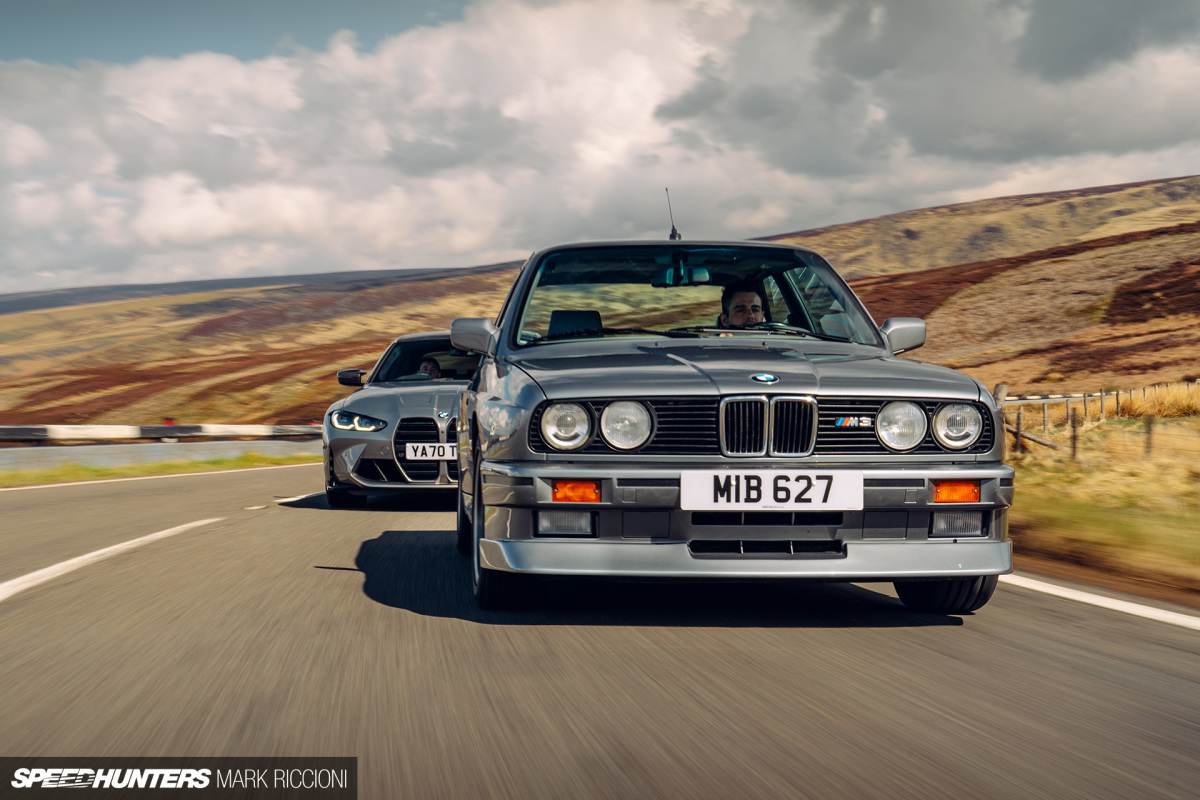
Eventually, a little bit of the magic I hoped for starts to materialise through the M3’s chassis. The nose is the focus in the E30. It’s sharp, pointy and responsive. Initially anyway. The first movement of the steering wheel has the car darting and dancing around, but the effect is lost as you further turn the wheel.

It’s actually a little unnerving. All that front-loaded steering response can unsettle the car. And on the sodden roads I first experience the E30, that plasticky tail wants to step wide at just a twitch of the wheel. With the pressure of its value weighing on your mind, you don’t want to end up in an arm-flailing panic as you try to apply lots of corrective lock, the sort that slow-away-from-centre steering suggests you might need to. All those stories about the E30 M3 being perfectly balanced and that it should be the template for all rear-drive machines, seem like they might be apocryphal.
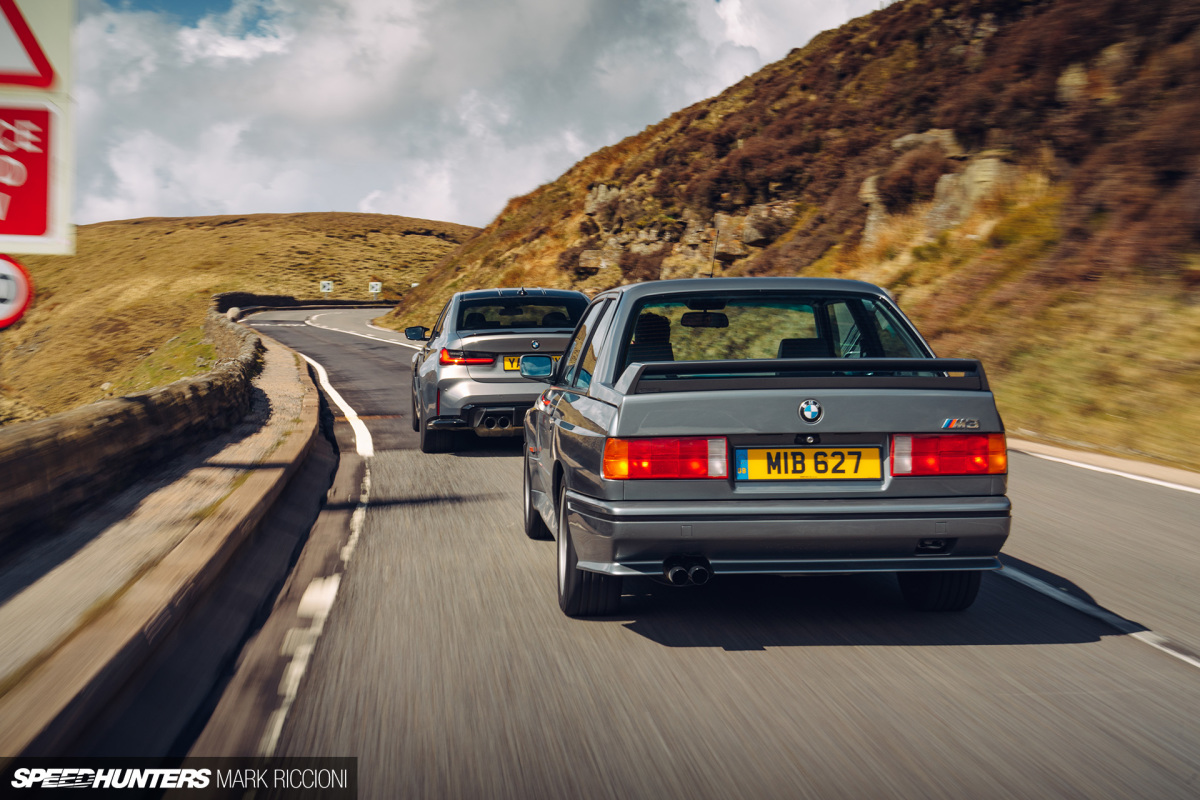
I needn’t have worried about the steering. Pluck up the courage, work the car a bit harder, and it perfectly suits the E30’s behaviour. Load up the M3 early, teetering towards oversteer on the entry to a corner, or even, if there’s space, a little bit of opposite lock before the apex, and you barely need to correct it. The whole steering process, from entry to exit, is all done in its prime fast-around-the-centre point. The car’s body roll and the slip of the tyres does the rest of the hard work. Send it in early, even if it’s a bit ragged initially, and the car will stay unruffled. Then, somehow miraculously, it’ll end up pointing in the exact direction you need at the end of the corner. And it does it all with far less effort than you’d thought possible. This is where the E30’s reputation becomes a reality.
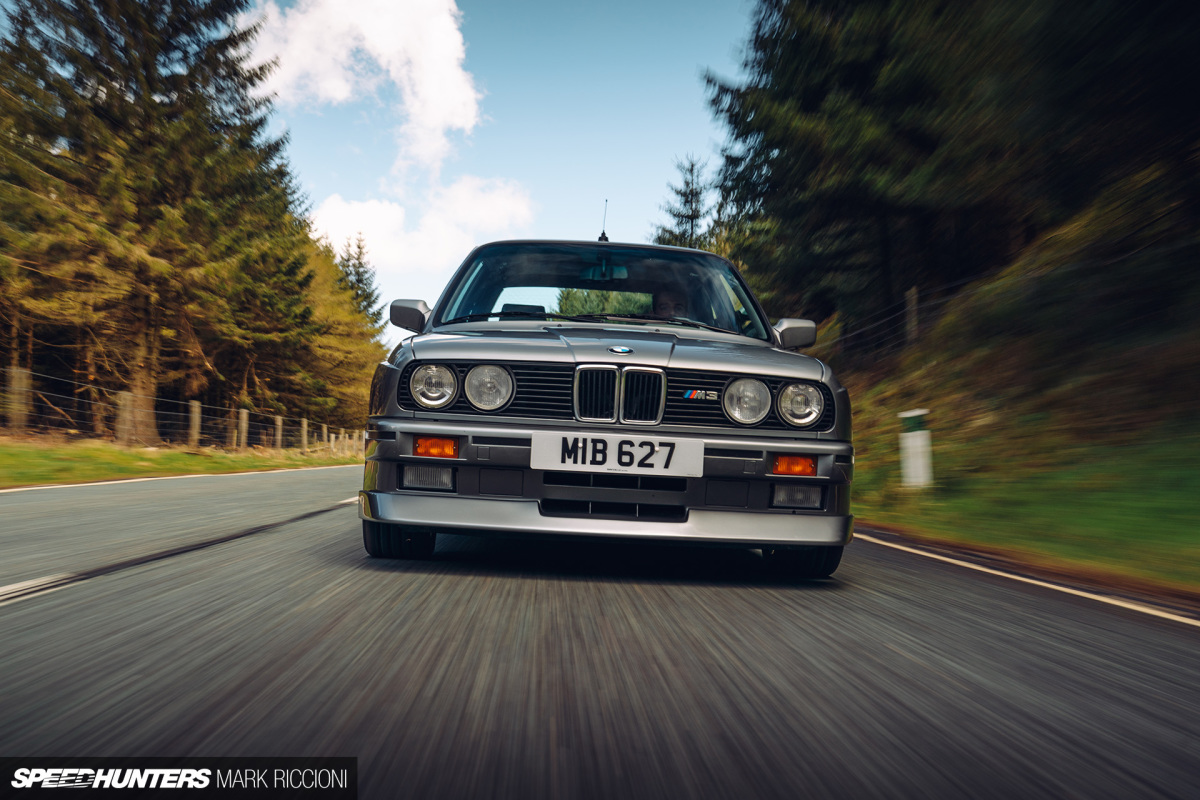
As the roads dry over the next few days, I get to experience more of what the E30 has to offer. More of those precise, fast-twitch initial reactions and more of the fluid way it gradually settles and gathers itself together. It’s deeply impressive; you can’t help but be wowed by how expertly engineered it is – to have the capacity to stay supremely controlled just with pure chassis brilliance and no electronic aids is astonishing. Then there’s the fact that, although it seems to take the brunt of the hard work of driving fast, it never feels like it’s doing it all itself. You’re involved too, enough for it to be so deeply satisfying.
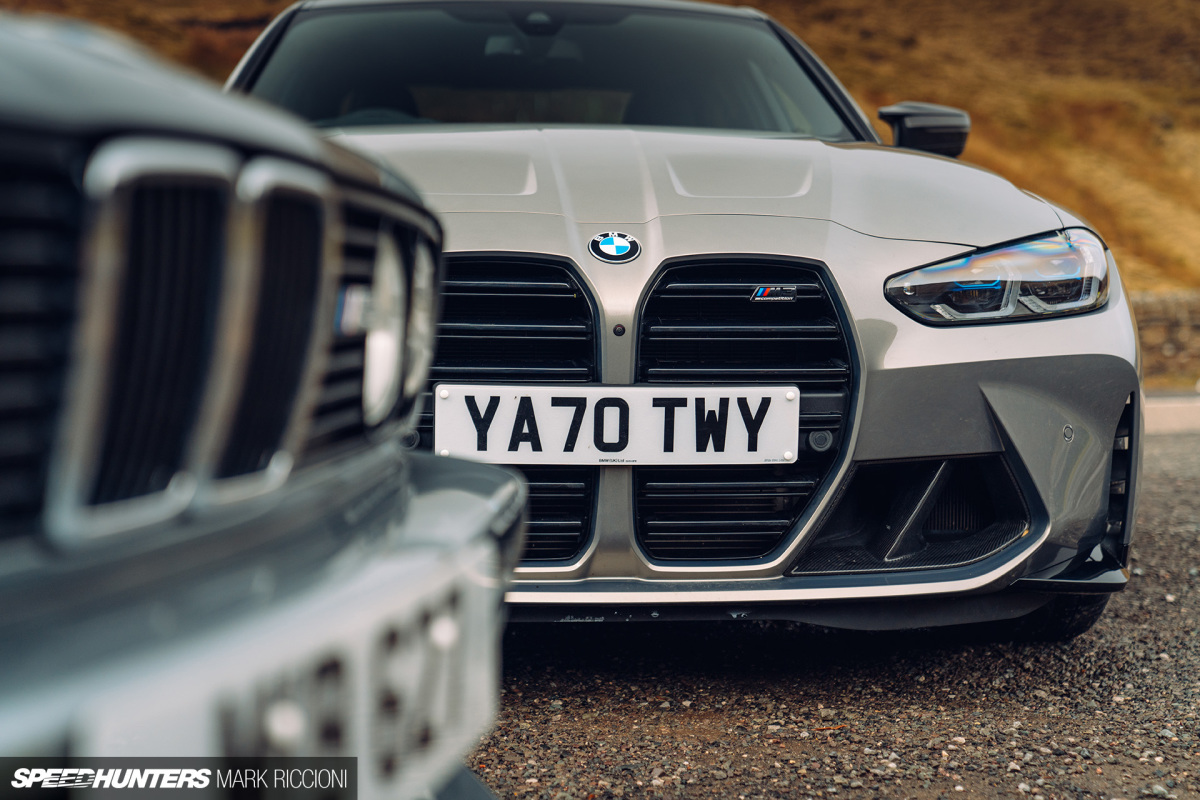
If, like me, you’ve been educated on what BMW’s M stands for by V8 M3s, 600bhp-or-so M5s with two-or four-wheel drive depending on your mood, feisty small turbocharged coupés, then the E30 feels lightyears away from what you know. Instant gratification, endless grunt and macho scare-you-to-death dynamics are far from the E30’s buffet of balletic balance and finely-honed engineering excellence. Could the E30 M3 do with a bit of that modern M-car pizzaz, something to exaggerate its DTM edge? Sacrilegious, I know, but yes. It’s a carbon induction kit and a lower final drive away from perfection. But it is close to perfection as it is.
The G80 DriveHaven’t things changed? Thirty-five years of evolution has resulted in what? Well, more. More cylinders, more turbos, more power. There’s more wheel, tyre, brakes. More technology, safety and weight. More doors and, of course, more grille. And I think most people, while looking at these two, would agree that less is more.
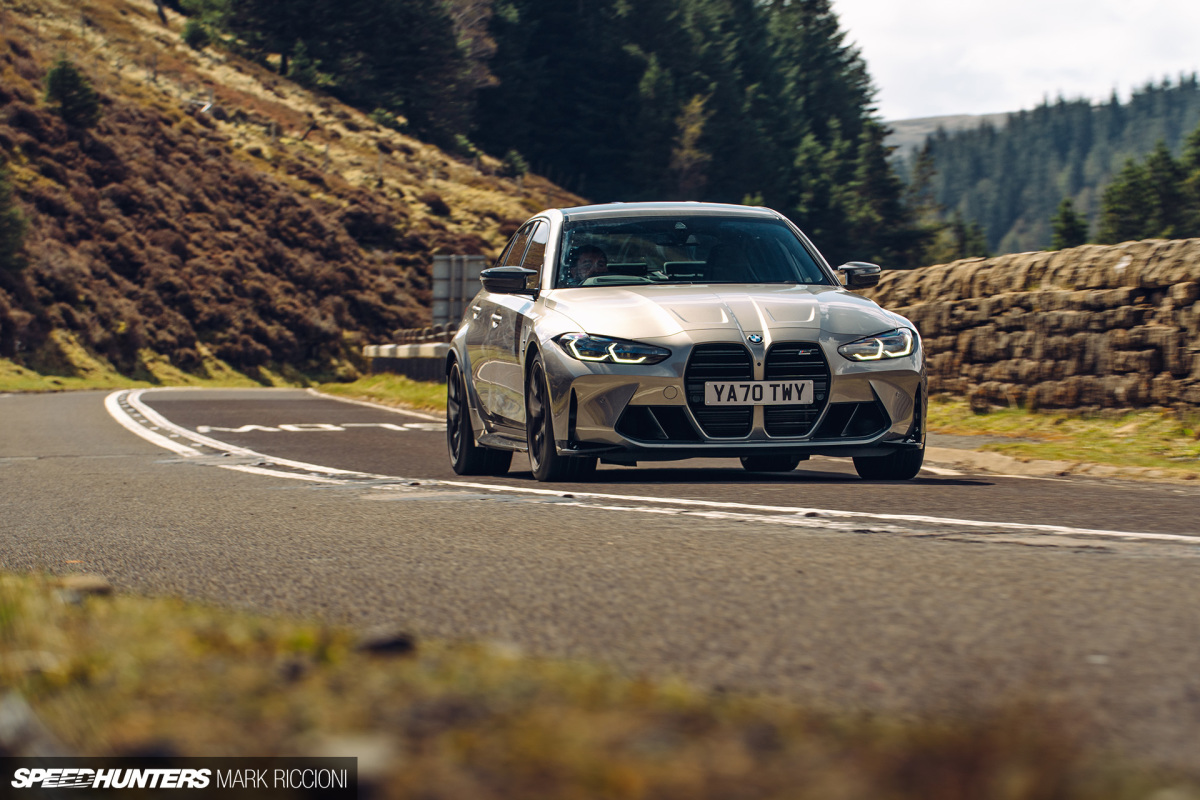
In terms of value, though, less is about the same; you need new M3 money to get yourself the E30 version. Swing open the door of the G80, snuggle your way into its tight-fitting slotted bucket seats, find the perfect seating position – I do really mean perfect – and it starts to become hard to justify the E30’s value.
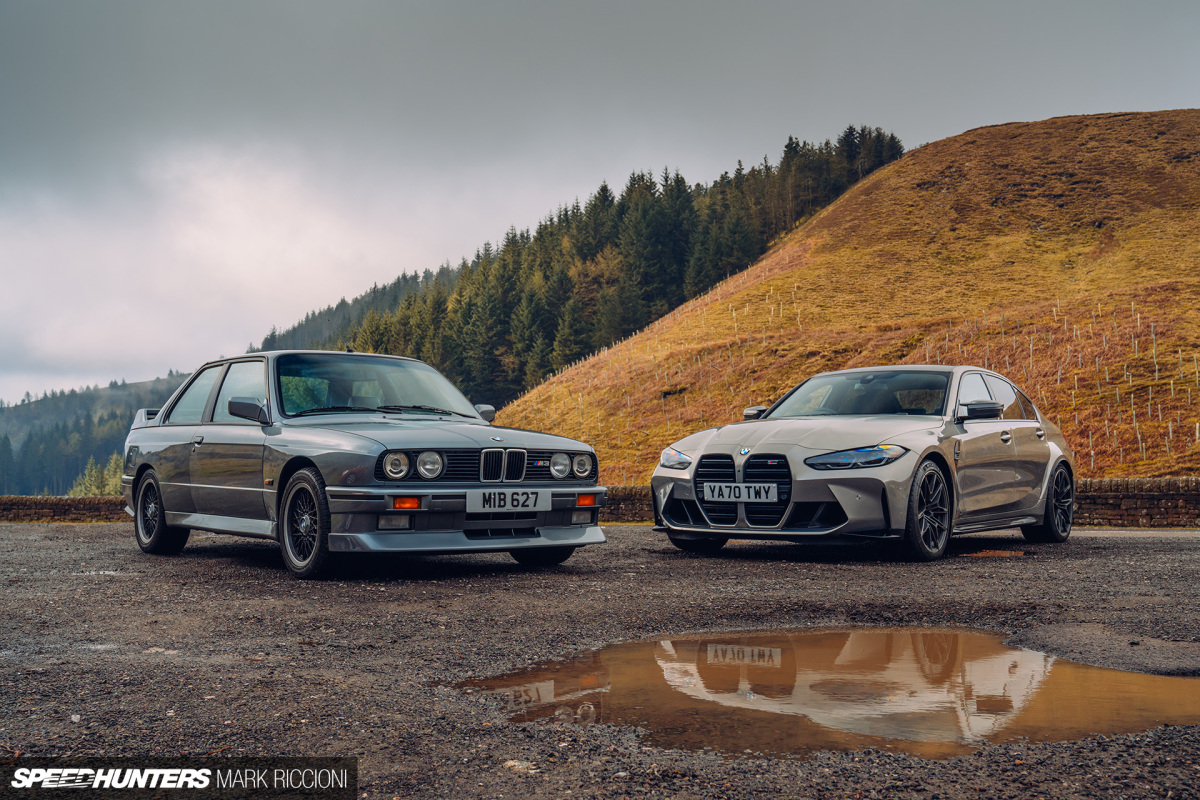

Even harder when the G80 reveals itself to be fantastic. I’m sorry not to eke out a verdict on the new car until the end, keep you guessing as to just how good this car is, as is the usual practice. But the new M3 impresses so emphatically right from the start that it seems apt to blurt out its excellence so early.
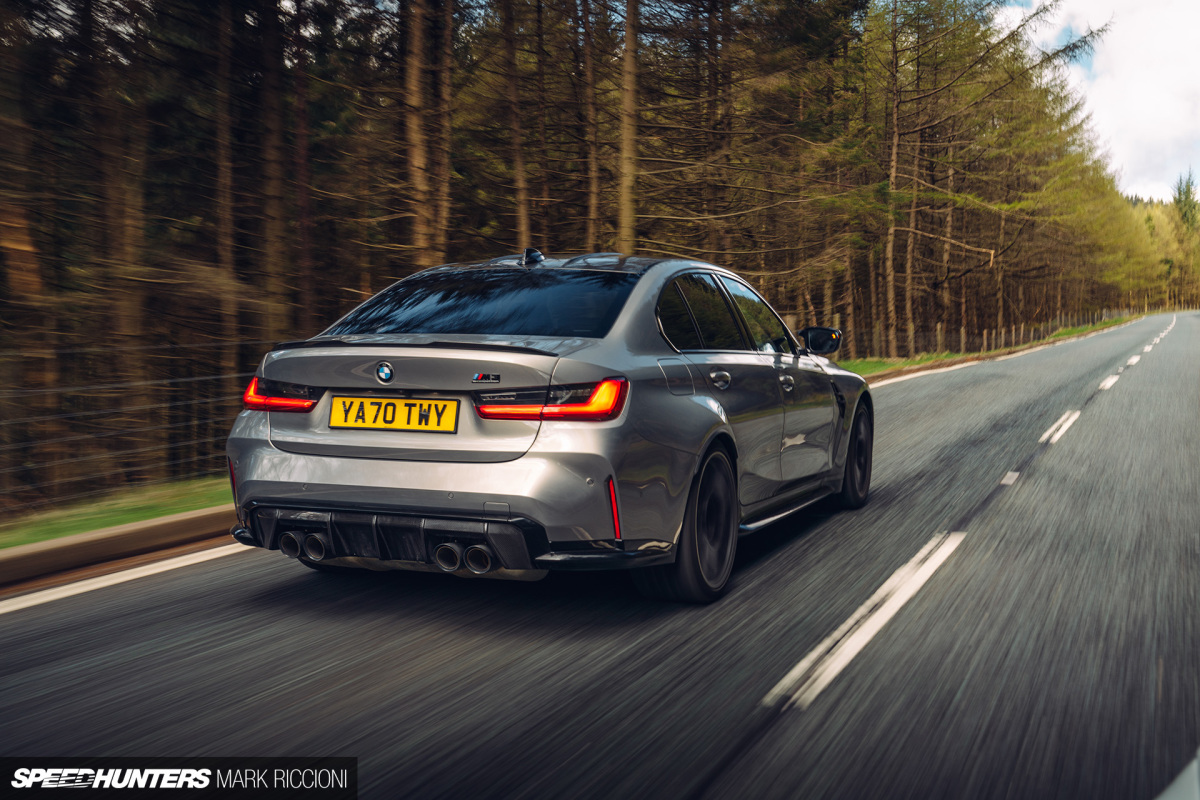
The G80 is the perfect showcase of how new technology in modern cars can exaggerate certain elements that people who love driving adore. From perfectly developed ergonomics that create that ideal seating position to the exceptional refinement that can filter out unwanted noises but still allow you to hear the engine and exhaust.
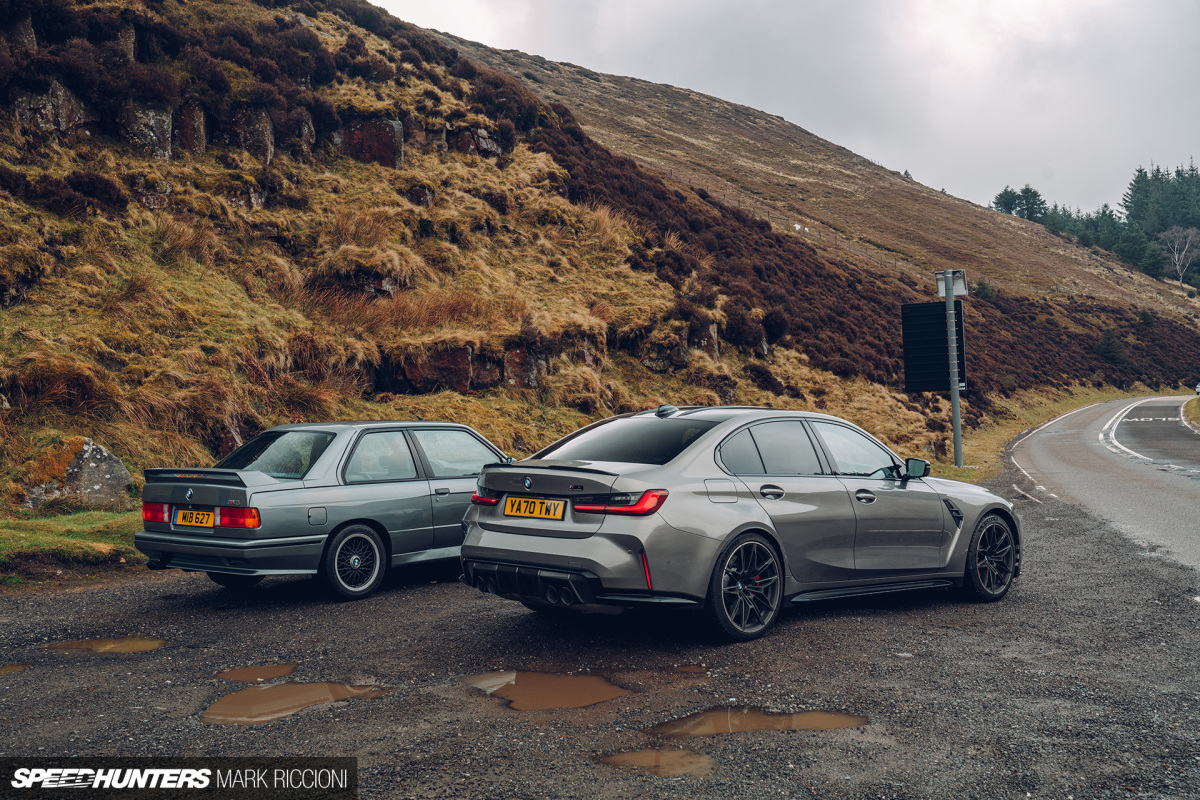
The most notable new car attribute that the G80 takes advantage of is body rigidity. Ostensibly a stiff structure is for safety, but as we all know it also creates a solid base for a car’s suspension to operate more effectively and therefore can be tuned more precisely. And the M3 absolutely makes the most of its solid shell. The car is taut and slack-free, not only is there no discernible flex in the body, there’s not even the sense that the bushes squidge. The steering is quick and direct, but most of your understanding about what the car is doing is transmitted through the seat. Clamping yourself into those winged buckets is like hooking yourself up to a fibre-optic cable that runs from the back axle into your spine.
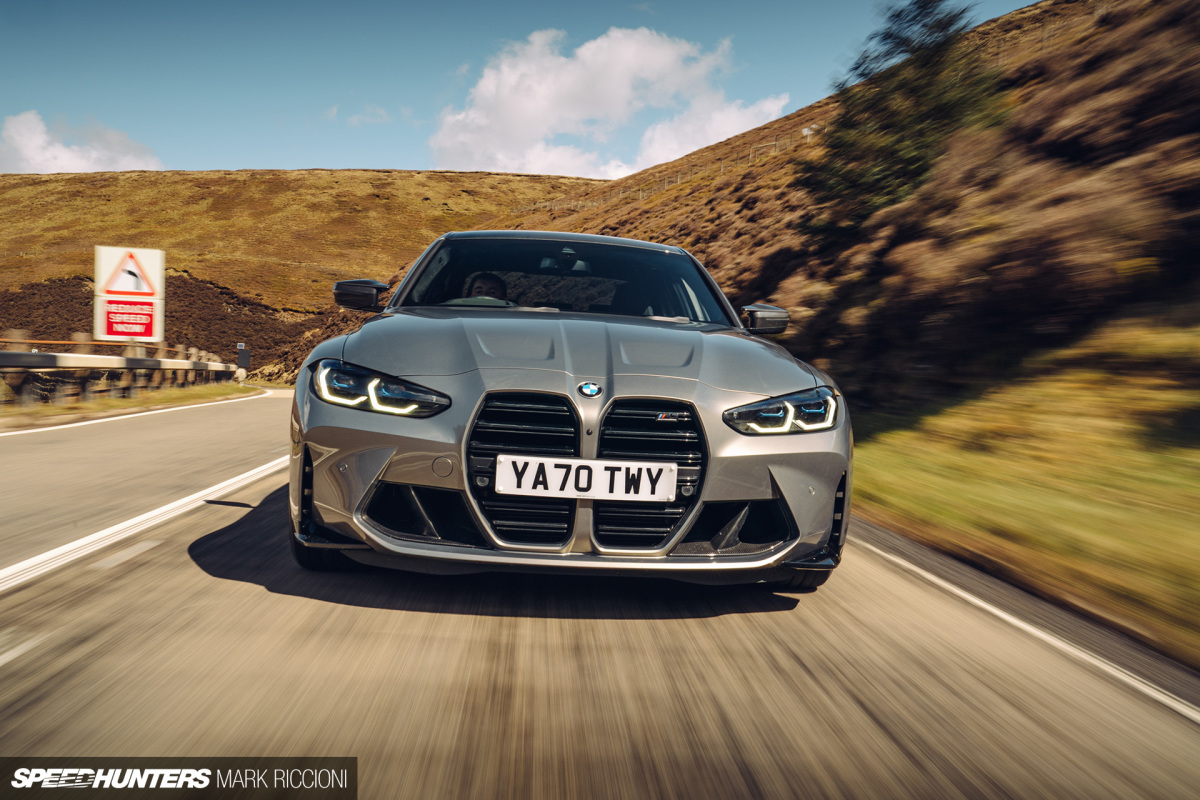
That paints a rather uncomfortable picture. That’s unfair, because the G80 M3 rides in a smooth controlled manner. Almost eerily so. You know it’s a heavy car (1,750kg), so you expect a degree of crashiness as it hits bumps and lands into dips, but that never emerges. It doesn’t take long to appreciate what a technical marvel this car is.
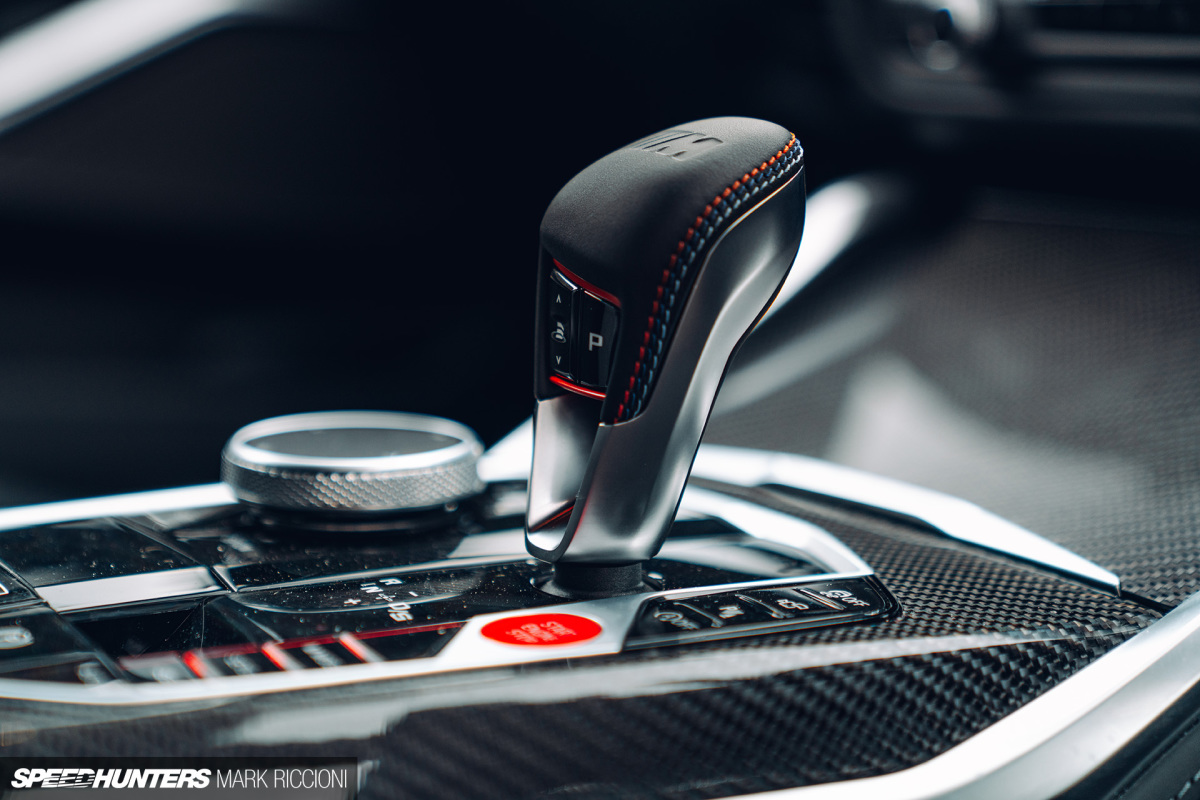
Don’t get me wrong, old cars are great. I really do love them and modern cars don’t get everything right. This modern car, too. I’d love to have the added control to a manual gearbox, but UK M3 and M4s are auto only. I’d appreciate some more honest noises and a compact footprint, too. But if you love driving, you really can’t help but admire how well-developed new performance cars amplify elements like control, feel, noise and response. And they do it with very little compromise to comfort and refinement.
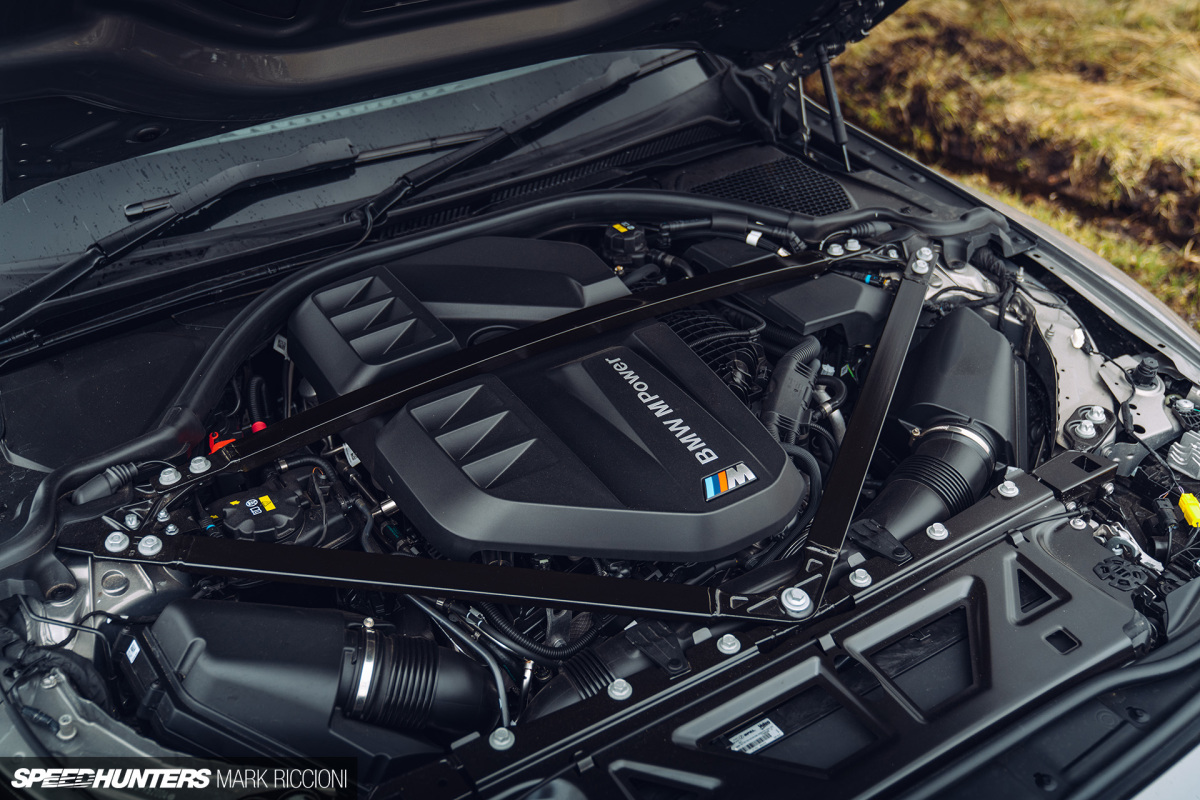
The G80 gets even more impressive when you start to explore every one of its turbocharged 503bhp. The new M3 uses a 3-litre, twin-turbocharged straight-six with a closed-deck block. It is not, as I initially thought, the same engine as in the previous M3, only with the wick turned up. It’s the S58 initially seen in the M versions of the X3 and X4 and is based on BMW’s more work-a-day B58 six-cylinder engine. Along with an extra turbocharger and many other changes to the non-M engine, the S58 has its own block, crankshaft, connecting rods, pistons and cylinder head to accommodate a different bore and stroke of 84x90mm – dimensions more similar to its predecessor than the B58. Thankfully too, the new engine’s forged crankshaft has an integral timing sprocket that solves the S55’s slipping crank hub issue.
The new six sounds brawnier and tougher. But the hollow howl from the older car, the sort that hinted at BMW straight-sixes of old, is now lost. Its marginally less evocative noise doesn’t feel like much of a sacrifice, especially not when your eyes are firmly fixed on the road ahead, your mind scrabbling to readjust to the Cookie Monster-like manner this car wants to gobble up the road. It’s insatiable.
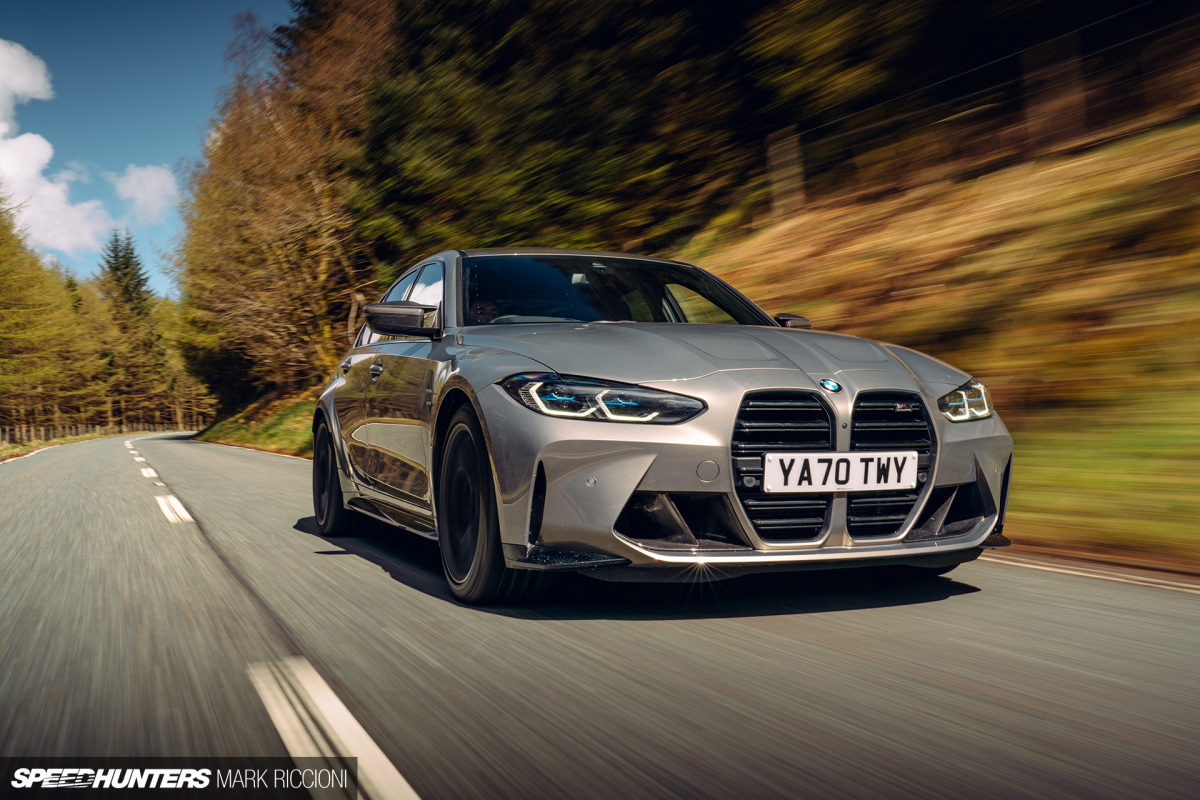

As impressive as the power is, it’s the grip that’s equally astonishing. On totally dry tarmac, it feels hooked up in a way that a front-engined rear-wheel drive car shouldn’t. To get this level of adhesion you usually need more-wheel drive or an engine in a traction-tactical position, like slung out over the rear wheels. Even on wet or damp tarmac, the front tyres find something meaningful to cling to. While the rears are kept in check with the 10-stage traction control. I know a multi-stage driver aid seems like a pointless gimmick but it’s an amazingly useful tool when the going gets slippery and you have a little extra help to manage wheelspin rather than just your right foot.

The engine’s truly rabid nature is quelled by the gearbox. It’s an auto. A proper torque converter auto. In the transmission coolness hierarchy, a full-on automatic is second to last in the rankings, behind a manual and a dual-clutch ‘box but just ahead of a CVT. Yet still, this 8-speed conventional automatic does the job. The changes are quick and, especially in its most savage setting, not slurred. It’s more accomplished than the snappy DCT in the old M3 and provides a sense of calm to the drivetrain that’s really quite welcome.

With a gearbox you need not worry about, you can more easily reach the G80’s higher plains. Increase the pace further and it’s as if the whole car gets lighter, more fluid. As if the new M3 operates even better when you’re asking a little too much from its Michelins. It doesn’t slew about like a historic racer, an MX-5 or a classic car, a classic M3 even, it’s more contained than that – its movements slight and detailed. Even beyond the tyre’s most comfortable state, even once they’re submitting to the M3’s prodigious power, you still have meticulous control. You can precisely manage and tweak the G80 around a corner, minute adjustments creating bigger, but not wild, results. You can get silly with it, of course, it’s still an M3 after all, but to have intricate control over such a big car at serious speeds feels like an honour to be a part of.
Final ThoughtsThe E30 might look delicate and merely sporty these days, but if you adjust for intimidation inflation from the 1980s to now, those arches and deep front splitter are just as antisocial as the G80’s snout. The new car hasn’t had the benefit of time to blunt its teeth and perhaps the years won’t be so generous to the new M3 as the E30. It’ll probably never mature into an object as revered as the first M3, but over time it will become more acceptable. Eventually. We don’t have to commit to a timescale right now.

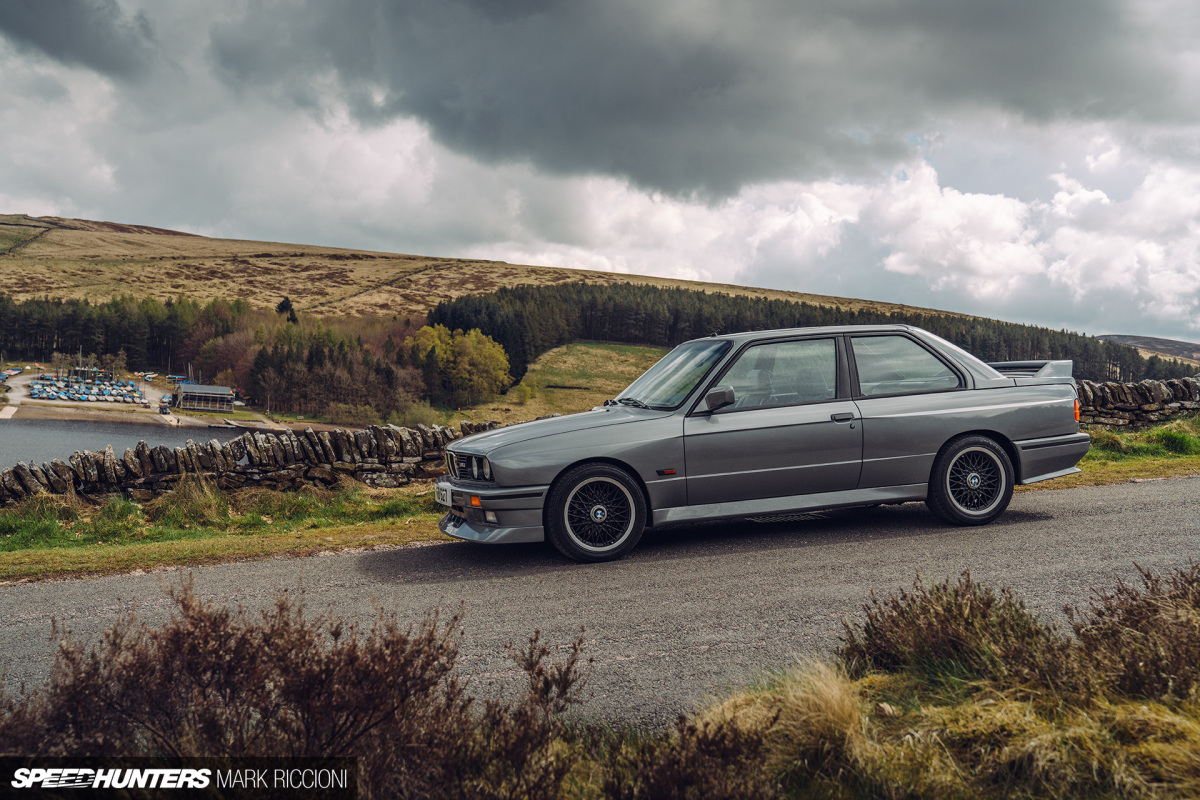
What we don’t need time to get used to is what’s underneath the G80 M3’s brash exterior. In total contrast to its crude appearance is an exceptionally well-judged and technically impressive car. Something that uses its power, which in this car that stands for technology and bhp, for good: it turns them into actual fun.
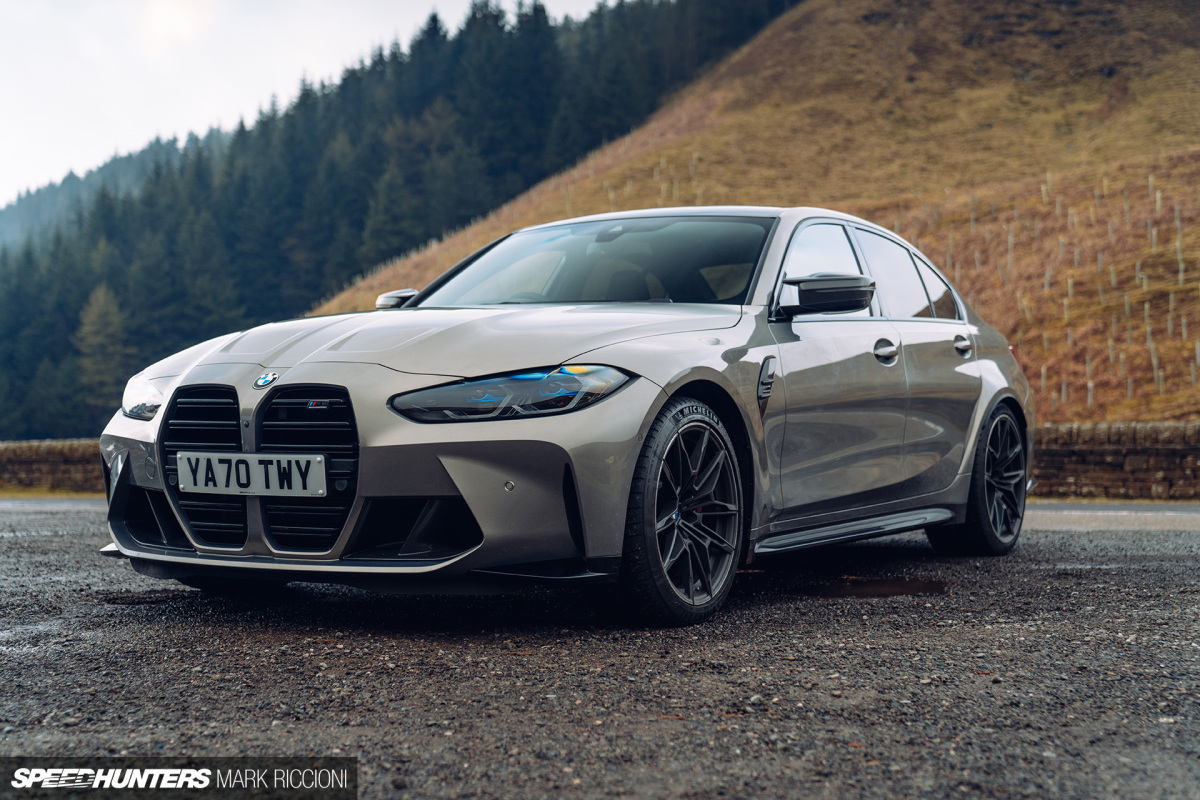

Just like the E30, it’s as if the G80’s design and engineering department weren’t working to the same song sheet. Those plastic add-ons of the E30 are at odds with its super-sophisticated quiet engine and delicate handling.
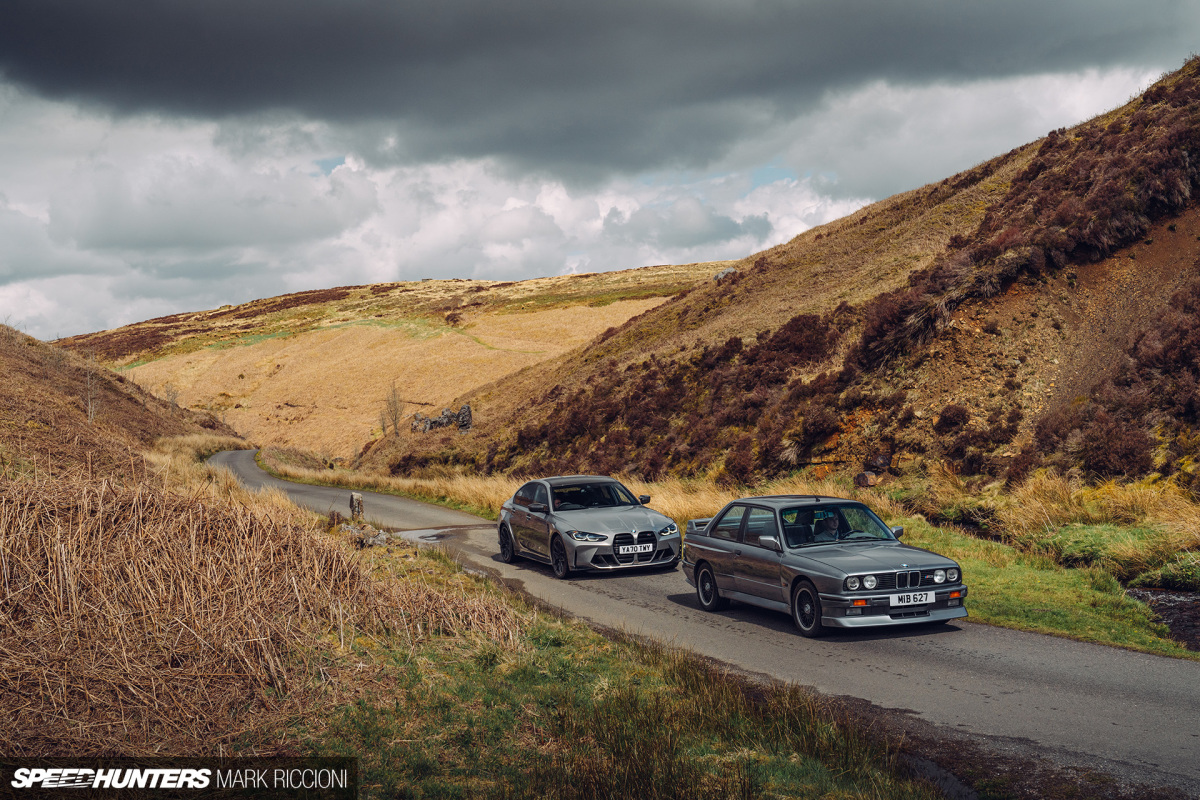
If we’d done this test five years ago, to blow out the candles on the M3’s 30th birthday with the F80, we wouldn’t have concluded the M3 still holds these same values. The F80 is an unruly car. Exciting because of its rabid nature, but far from technically impressive. The G80 is as much an engineering masterpiece as it is a riot to steer.

Difficult as it is, remove the homologation factor of the E30 and it ends up being incredibly similar in concept to the new M3. The G80’s blend of unashamedly aggressive bodywork combined with an ultra-high-tech, beautifully engineered car underneath is the proper M3 template. It’s the format that was established with the icon, the E30 M3.
Will Beaumont
Instagram: will_beaumont88
Photography by Mark Riccioni
Instagram: mark_scenemedia
Twitter: markriccioni
mark@scene-media.com



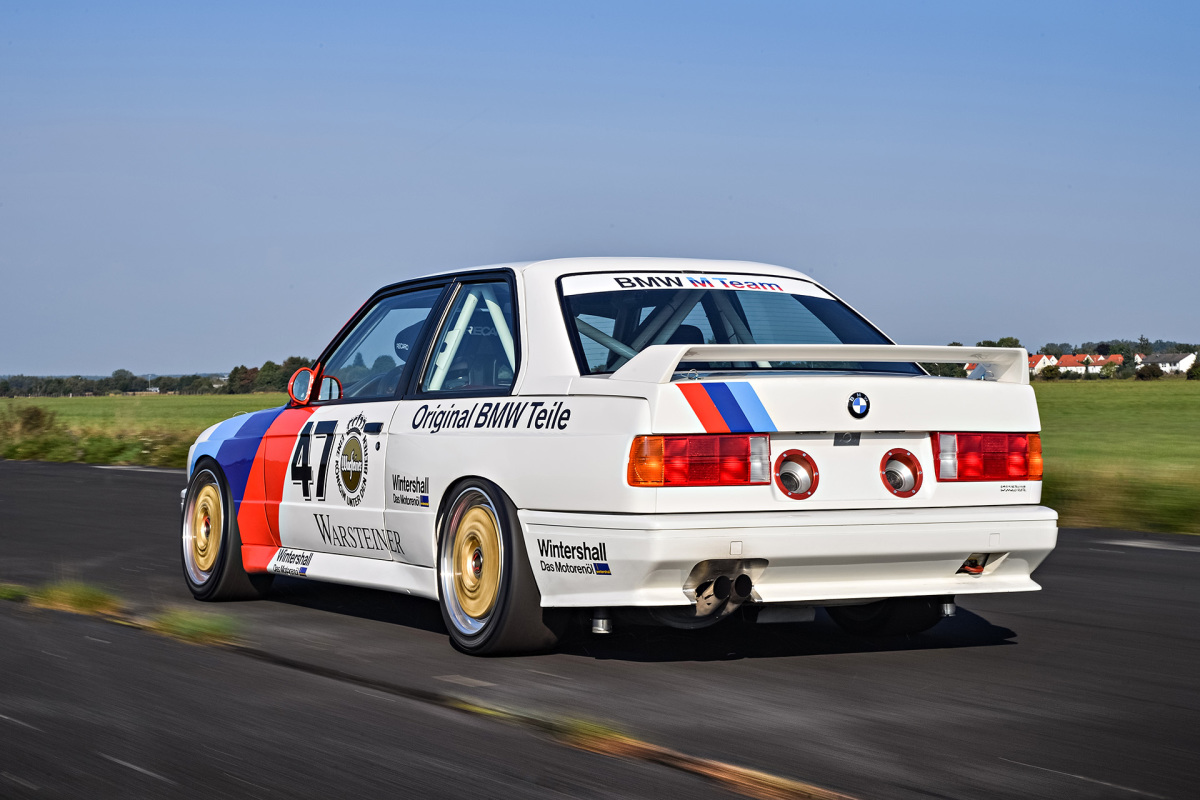
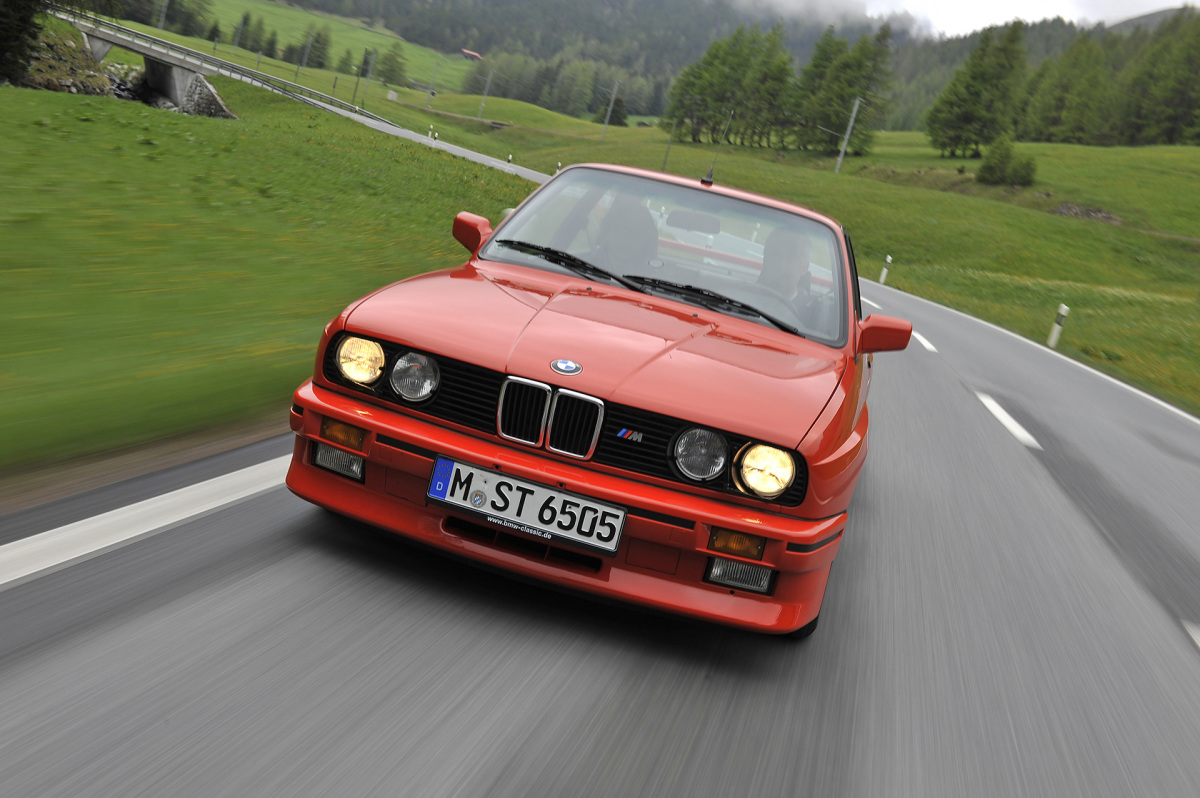
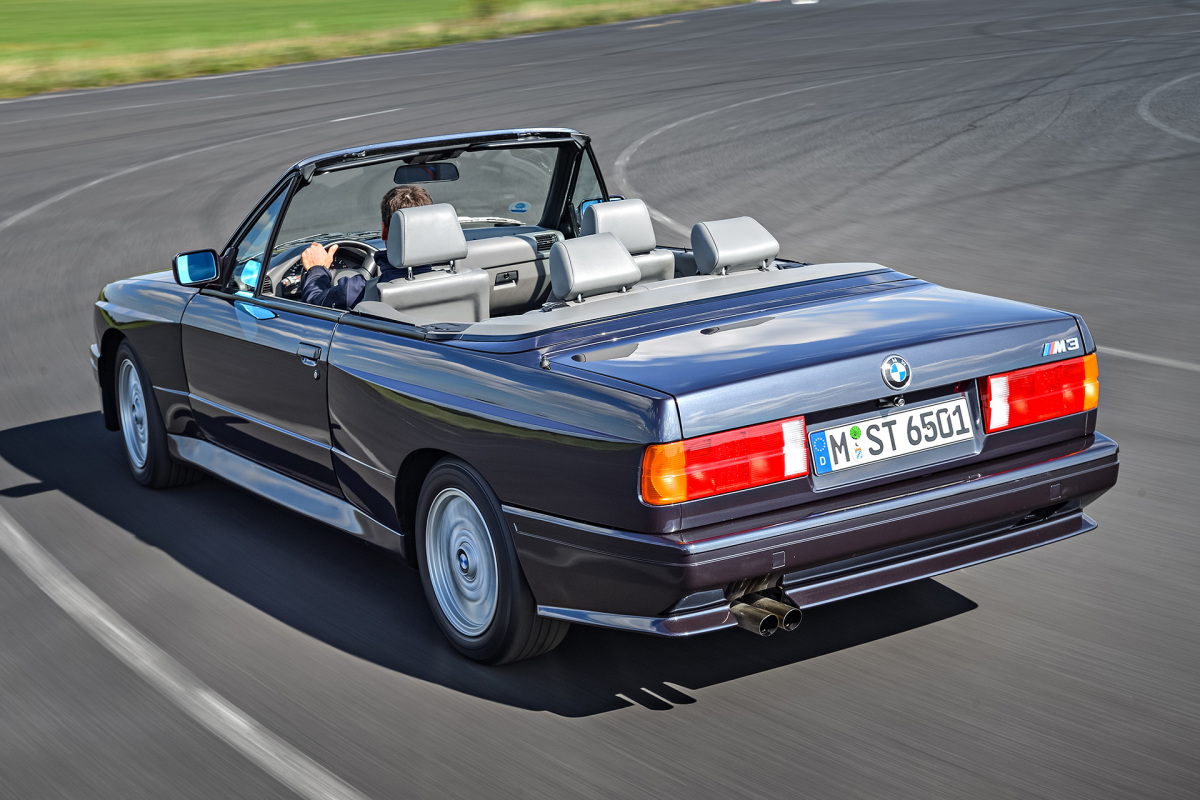
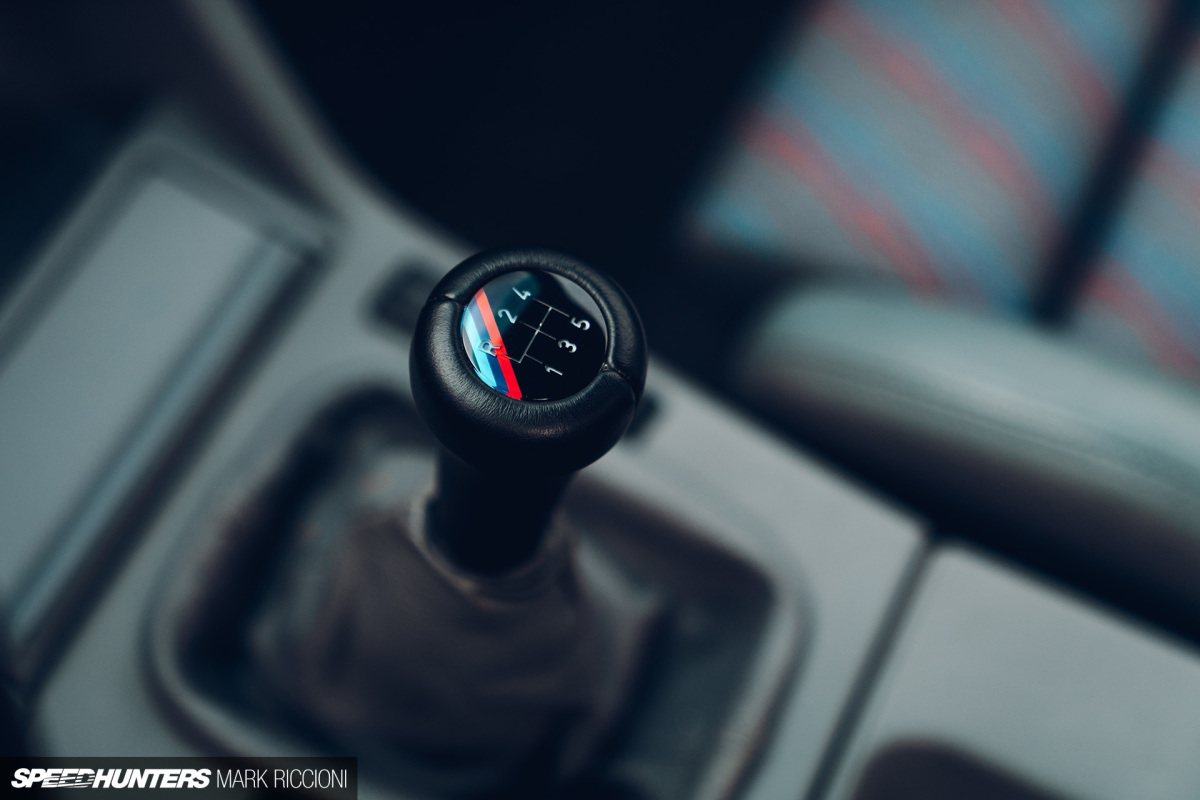
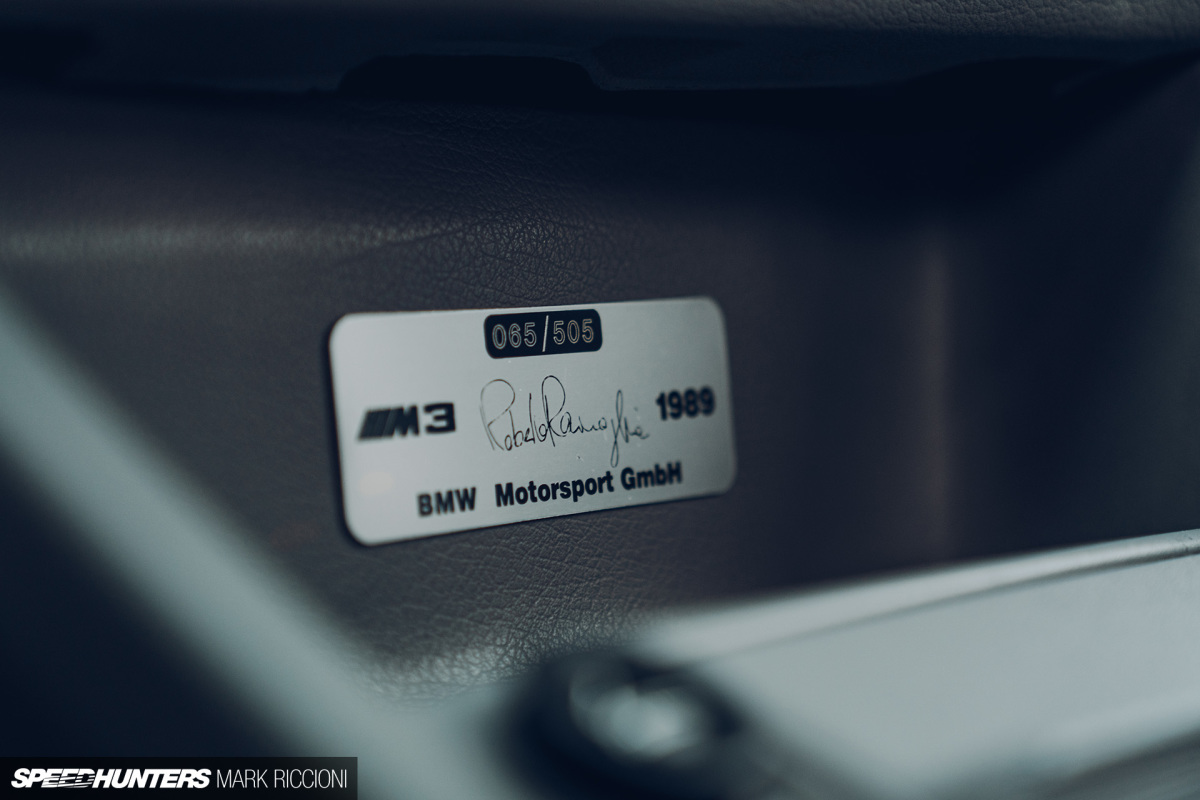
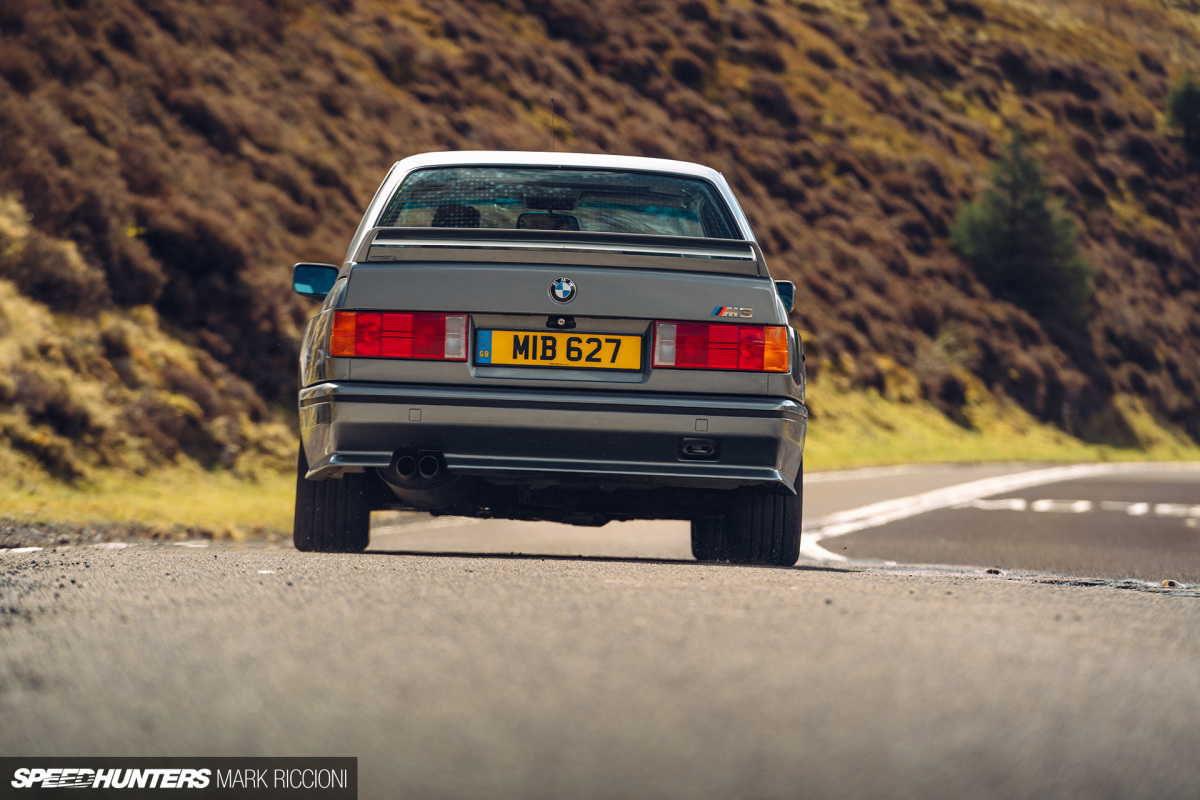
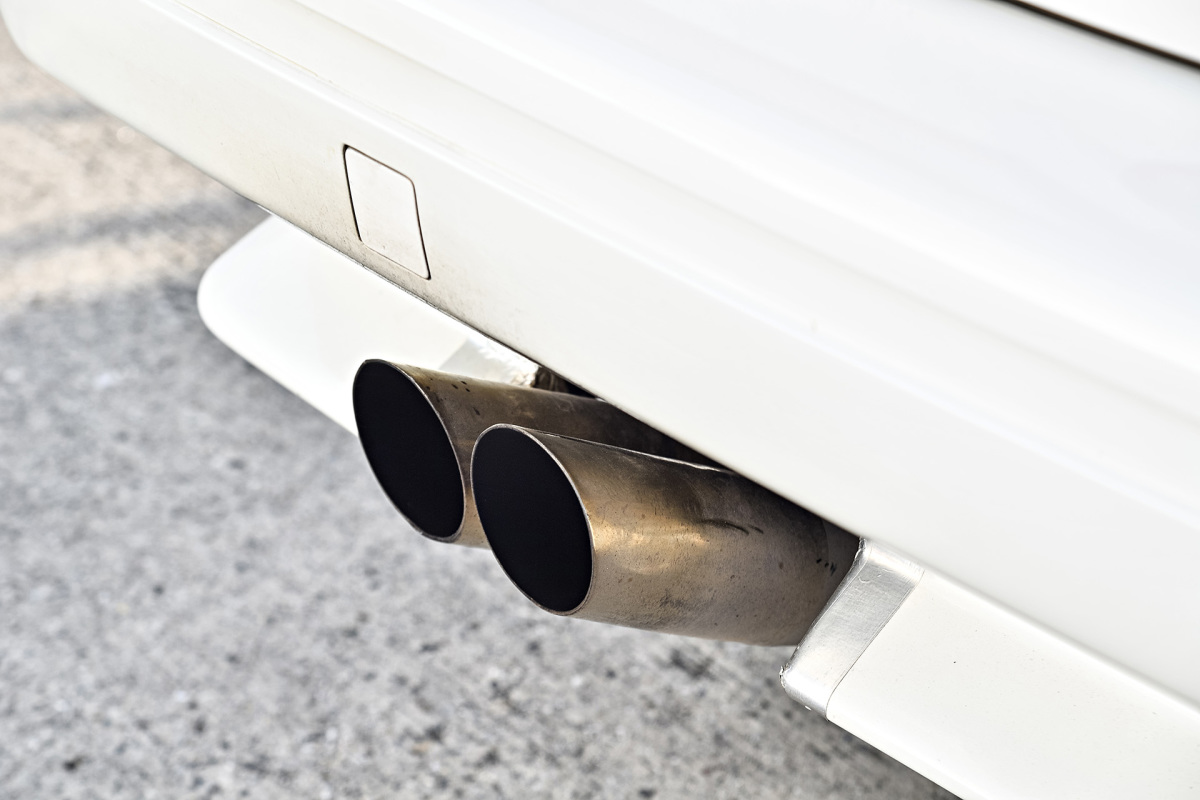
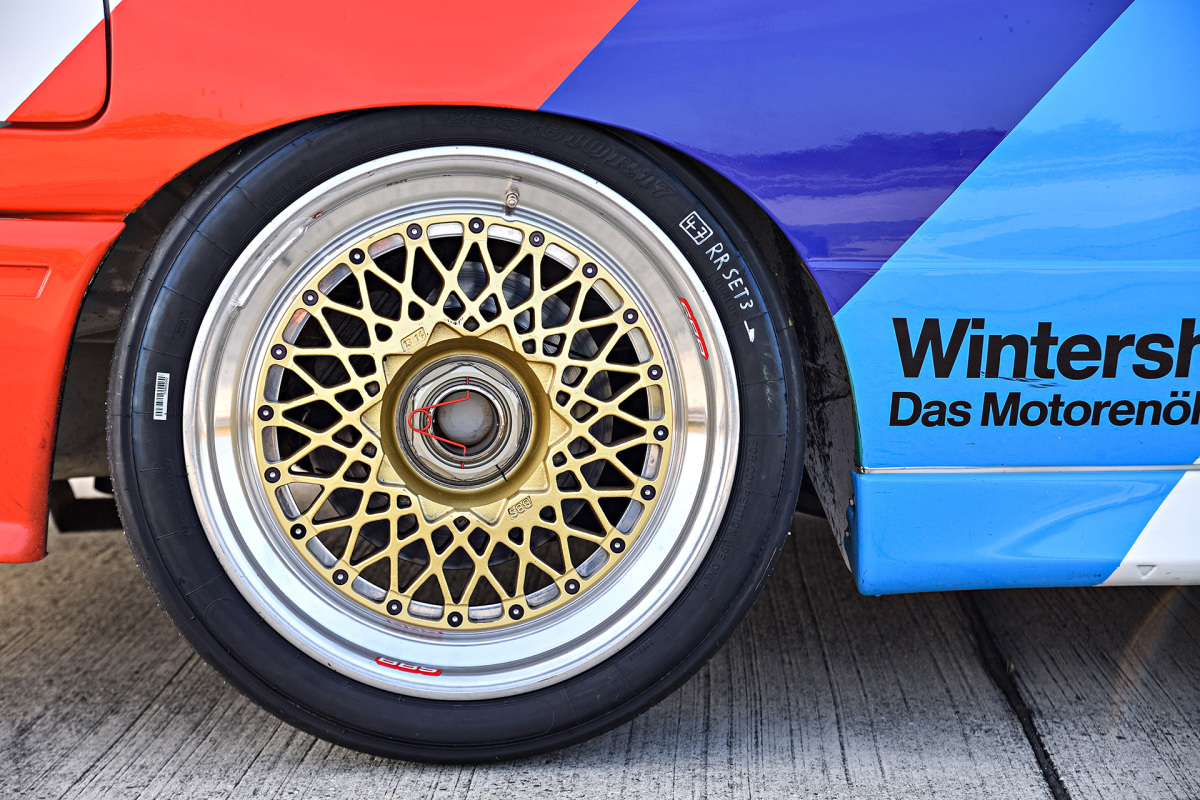

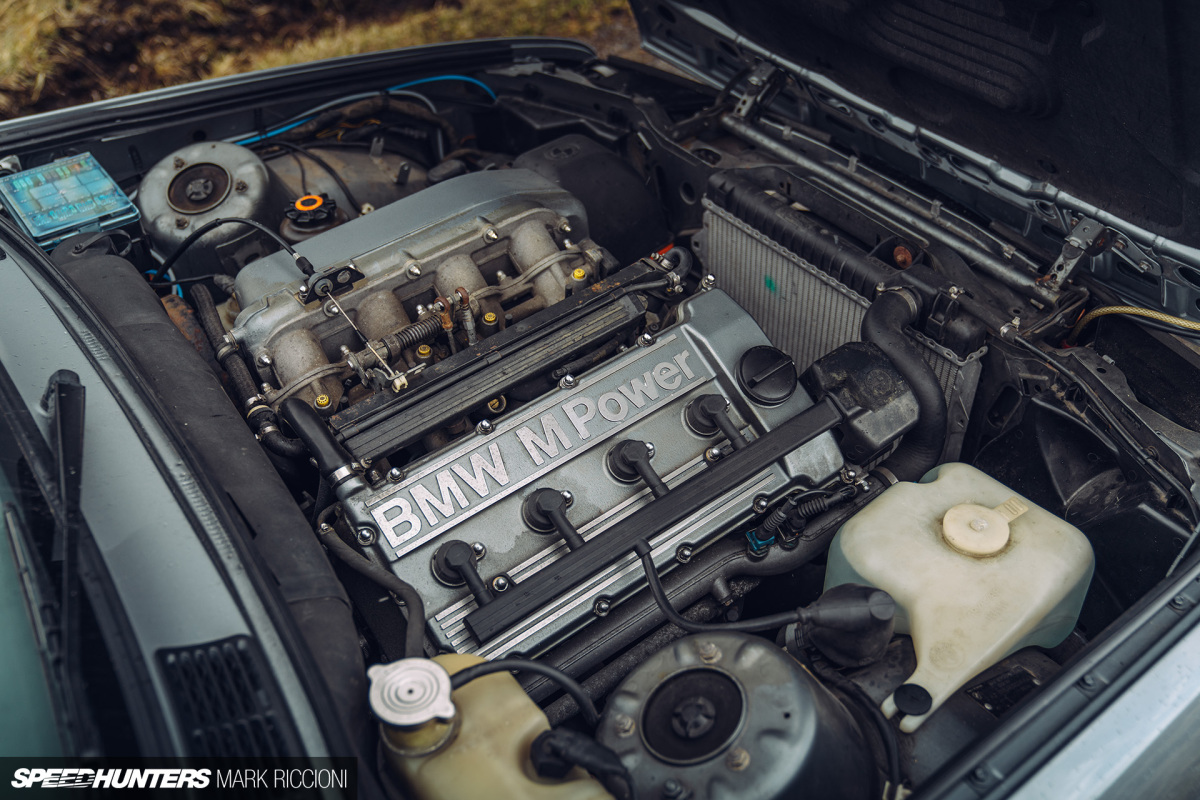
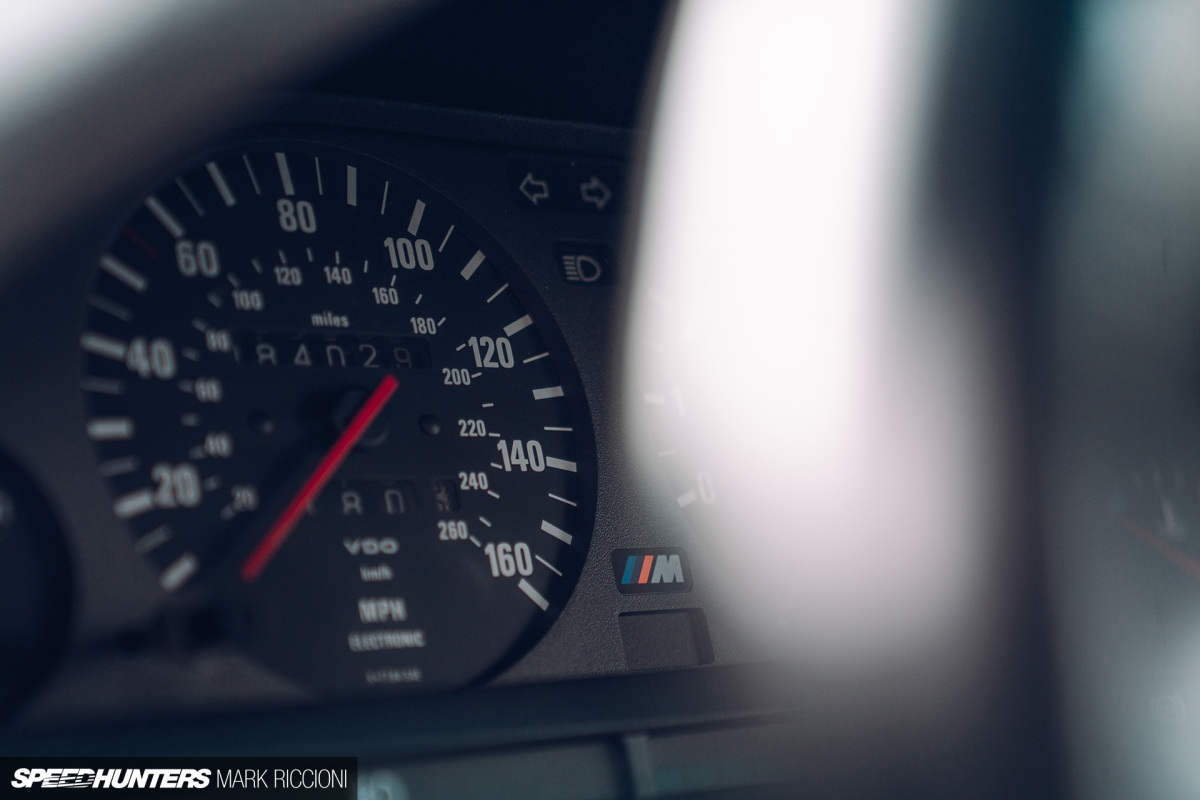
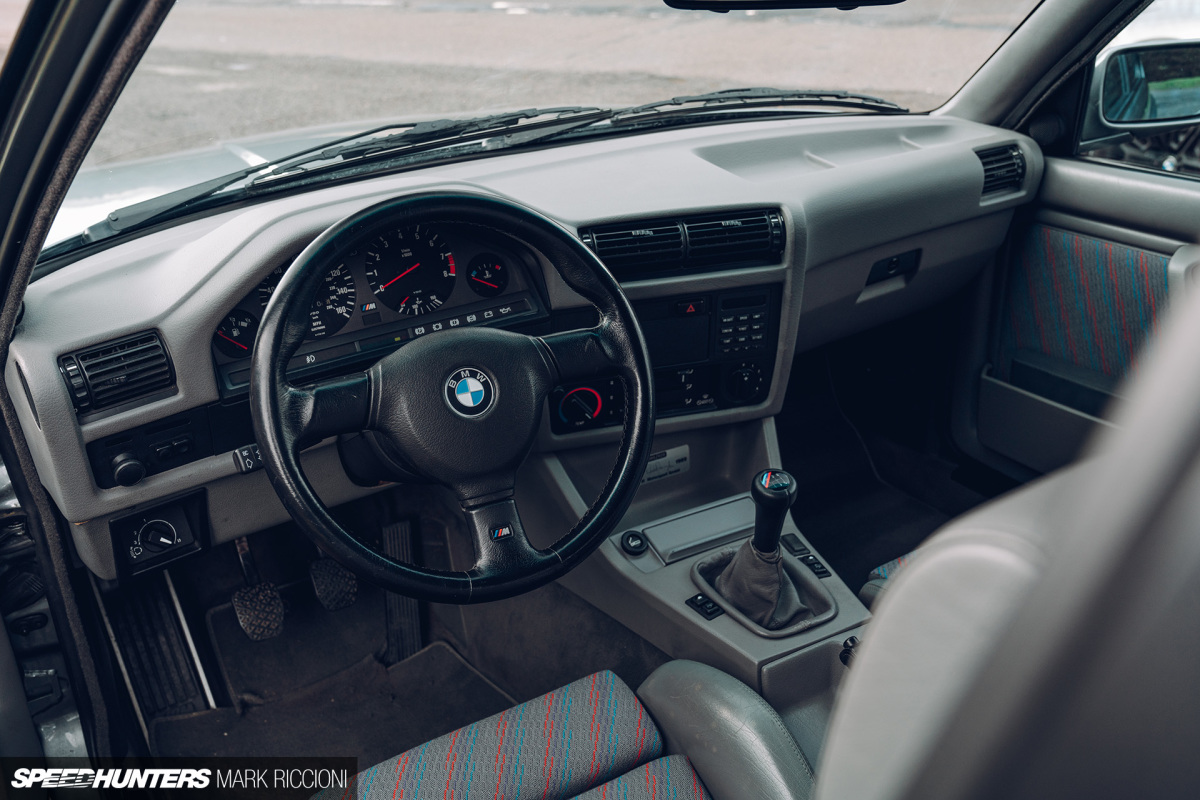
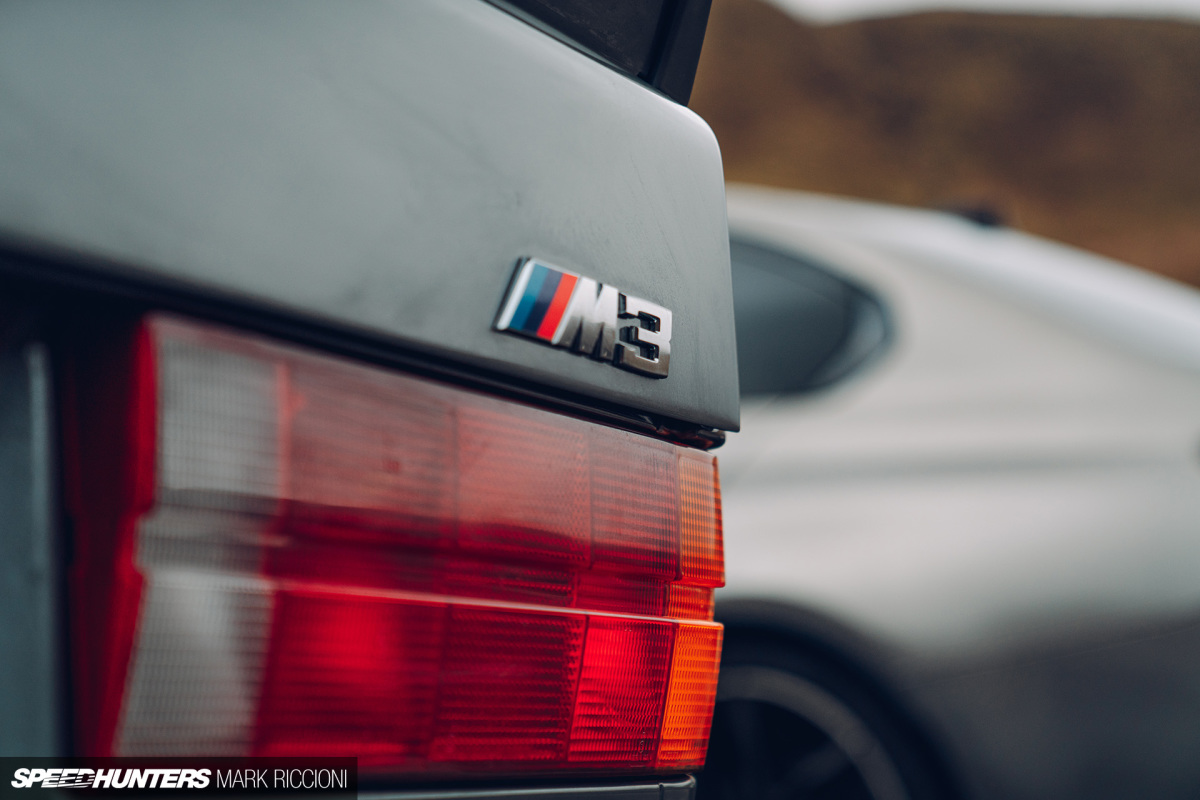
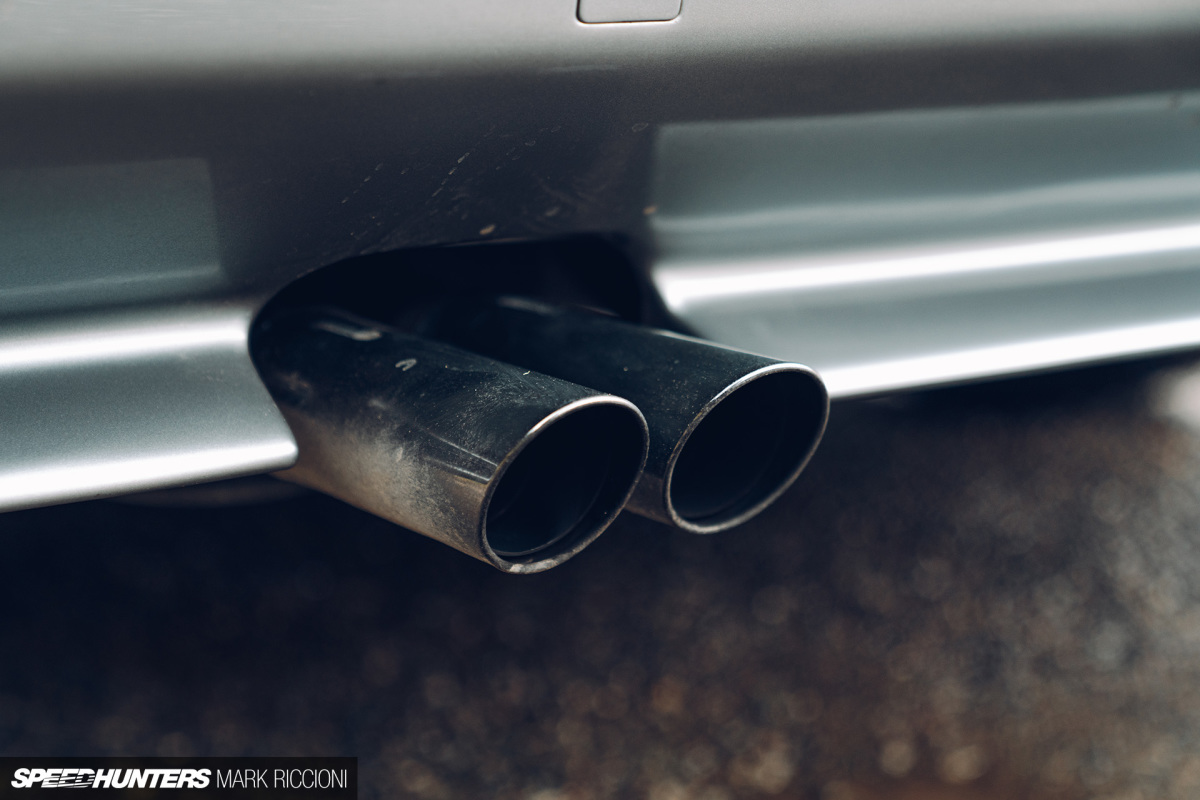
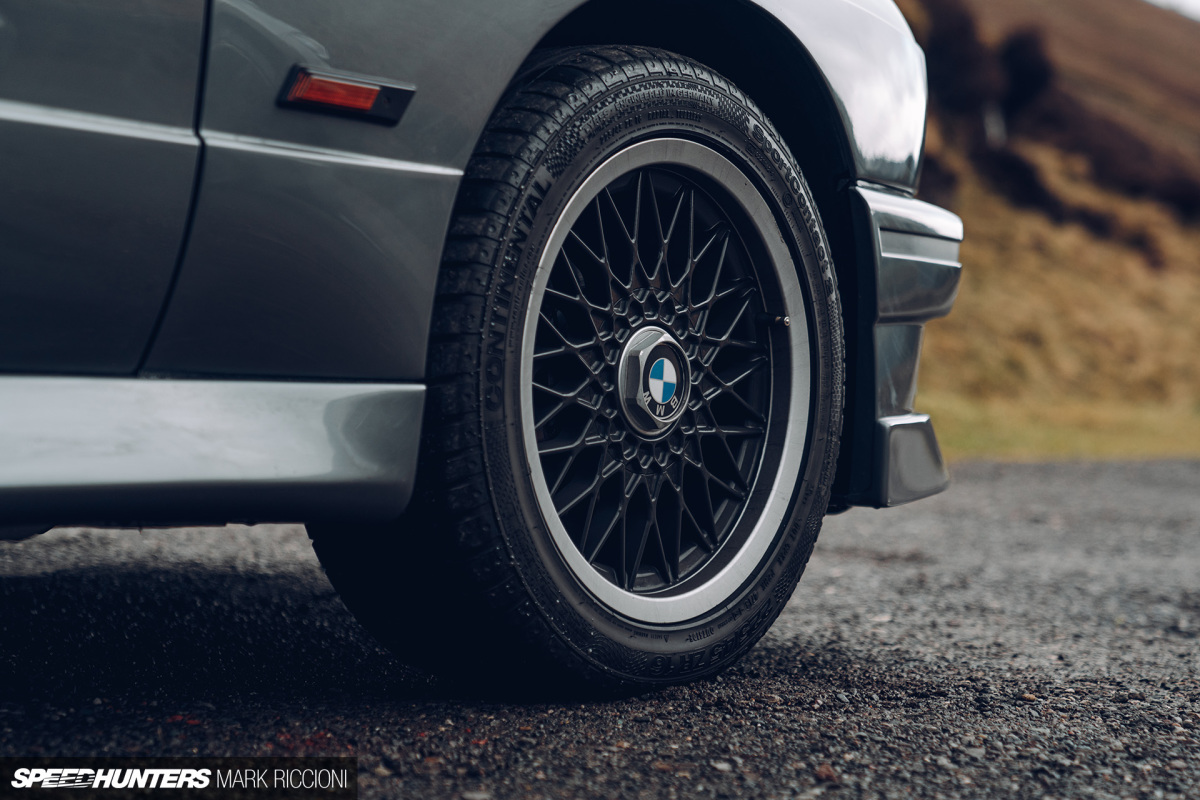
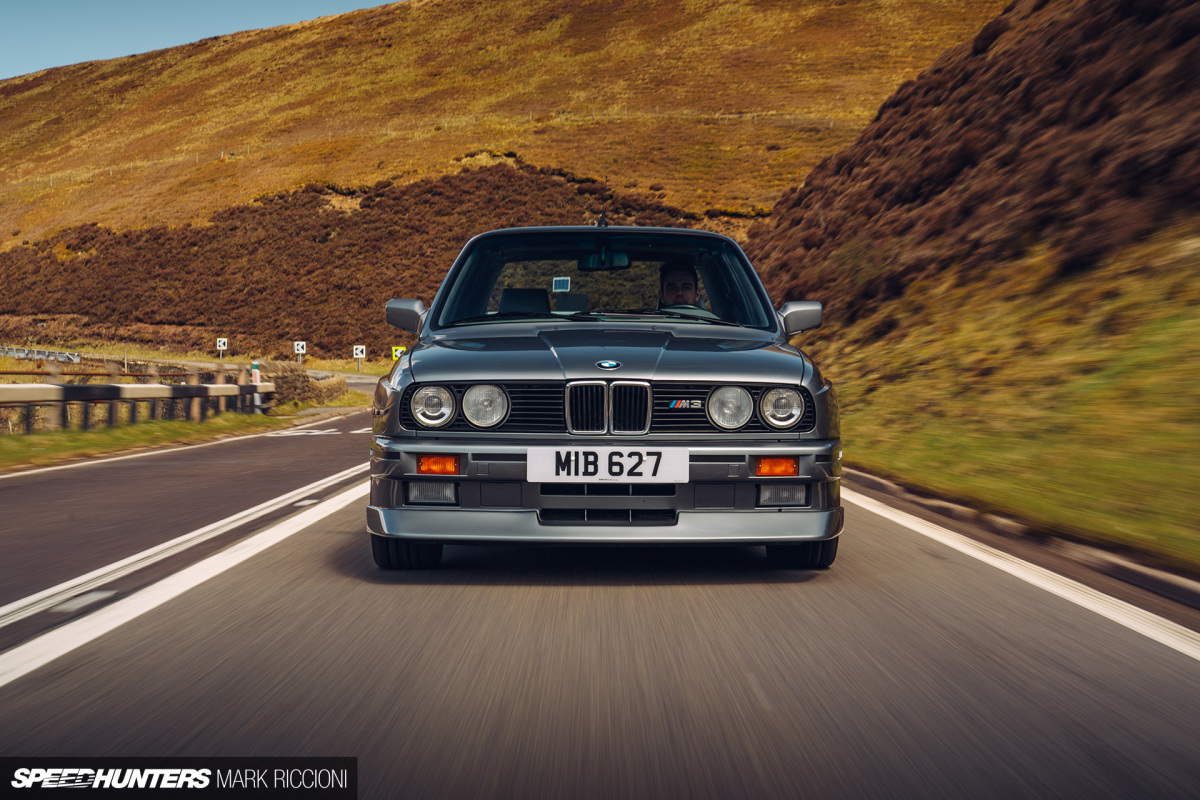
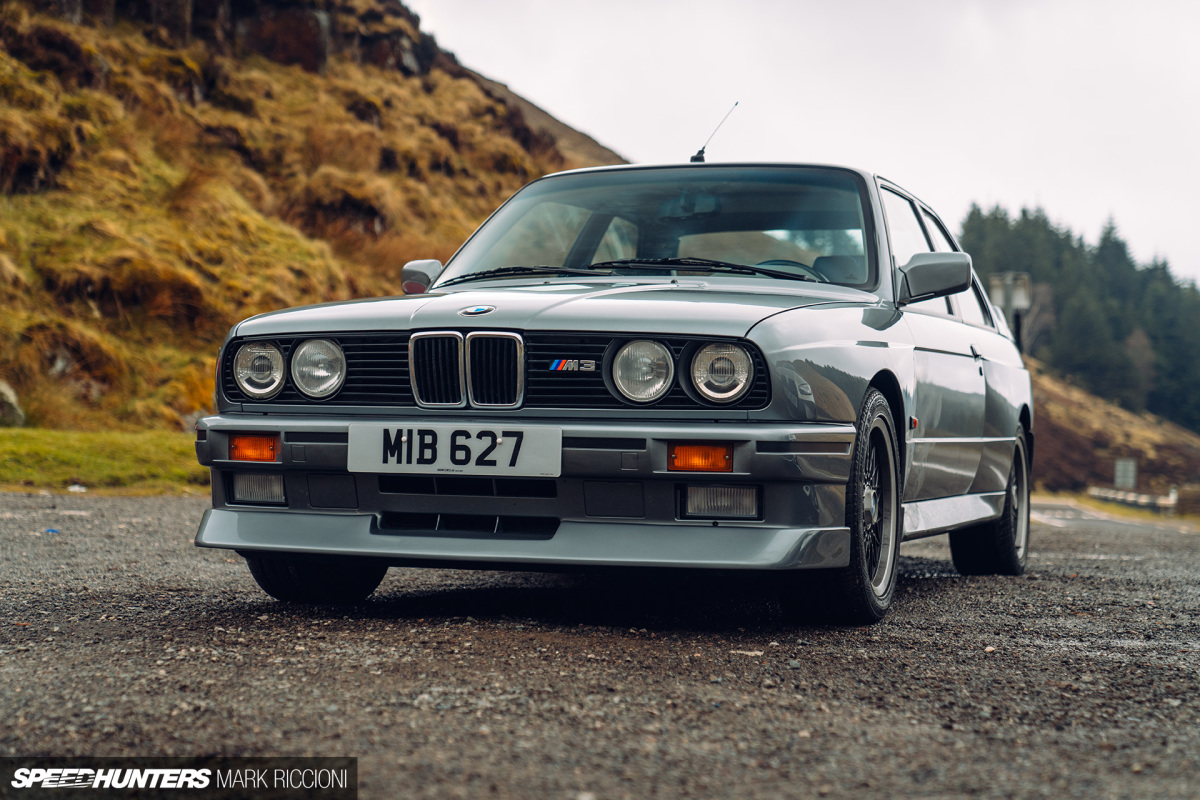
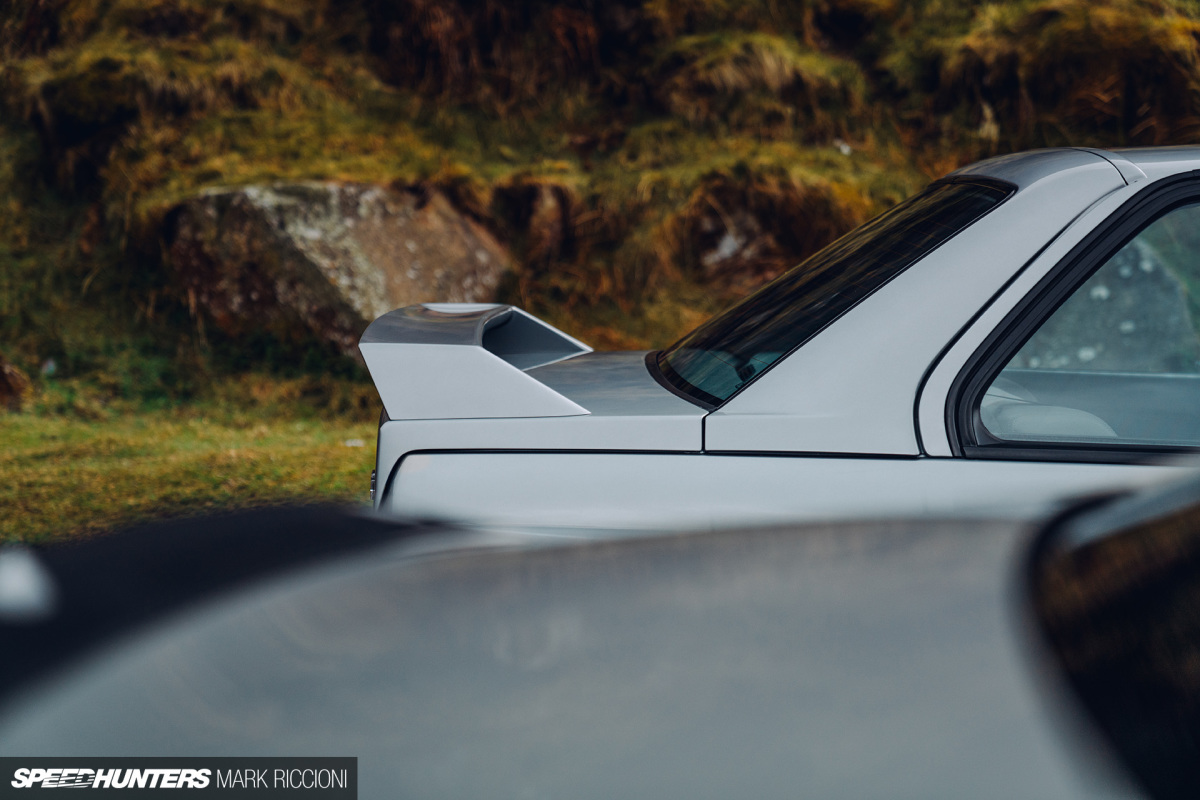
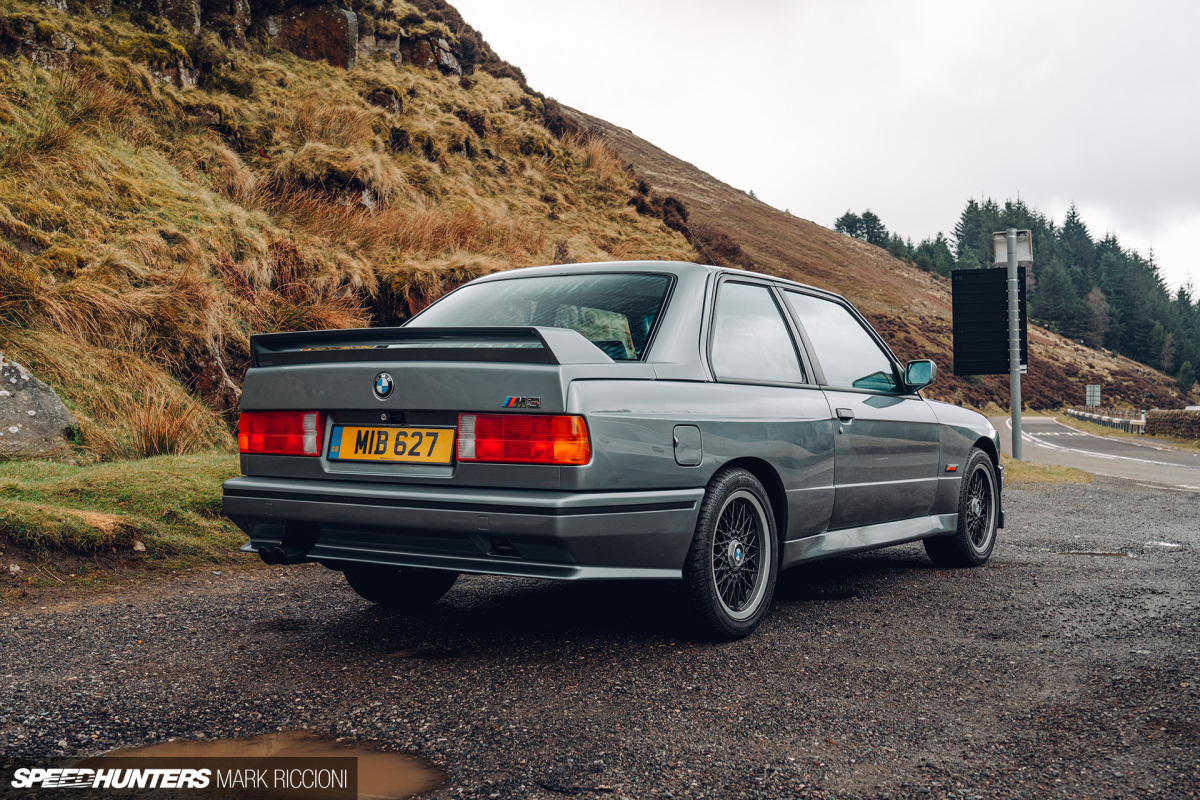
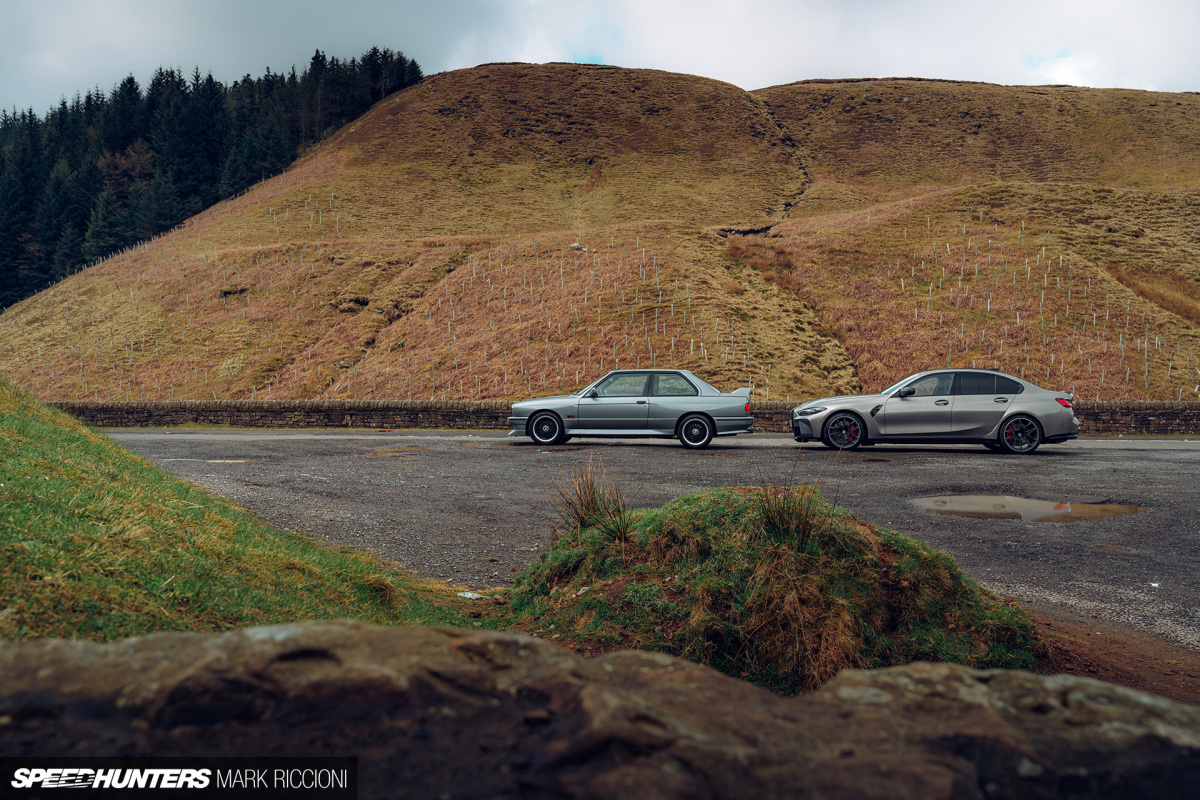
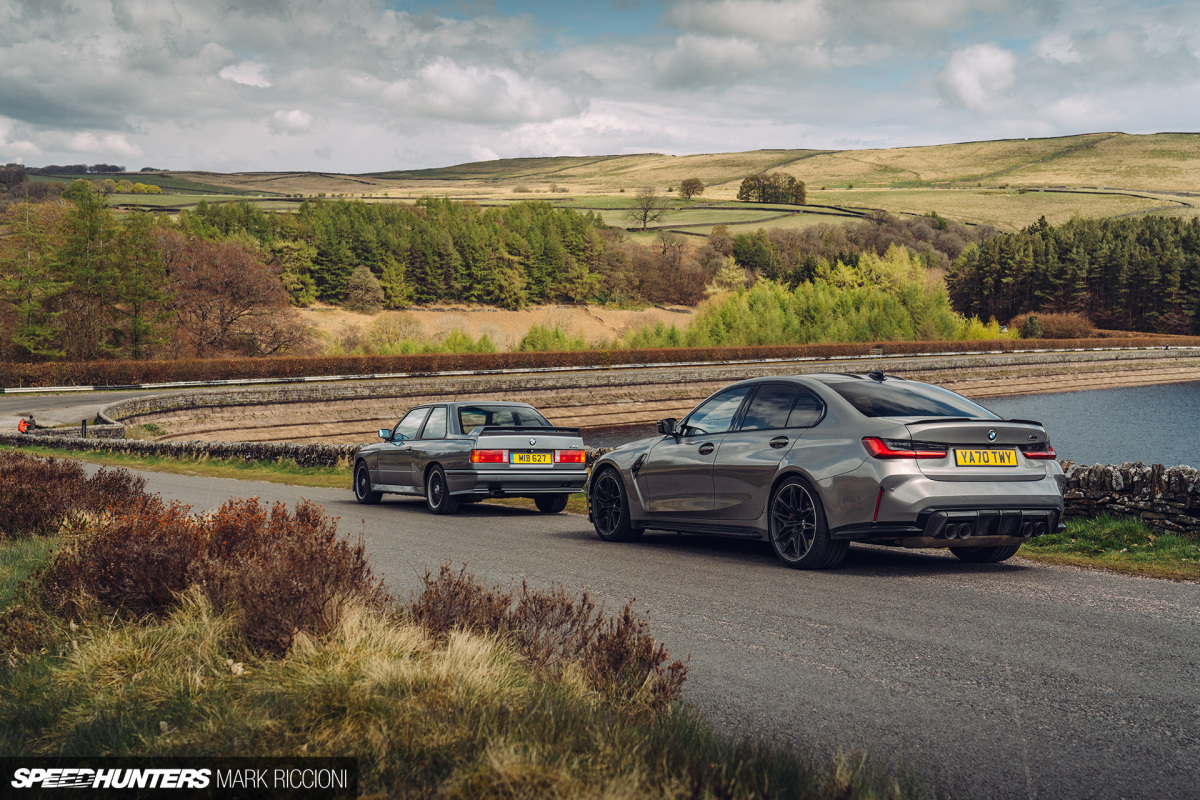

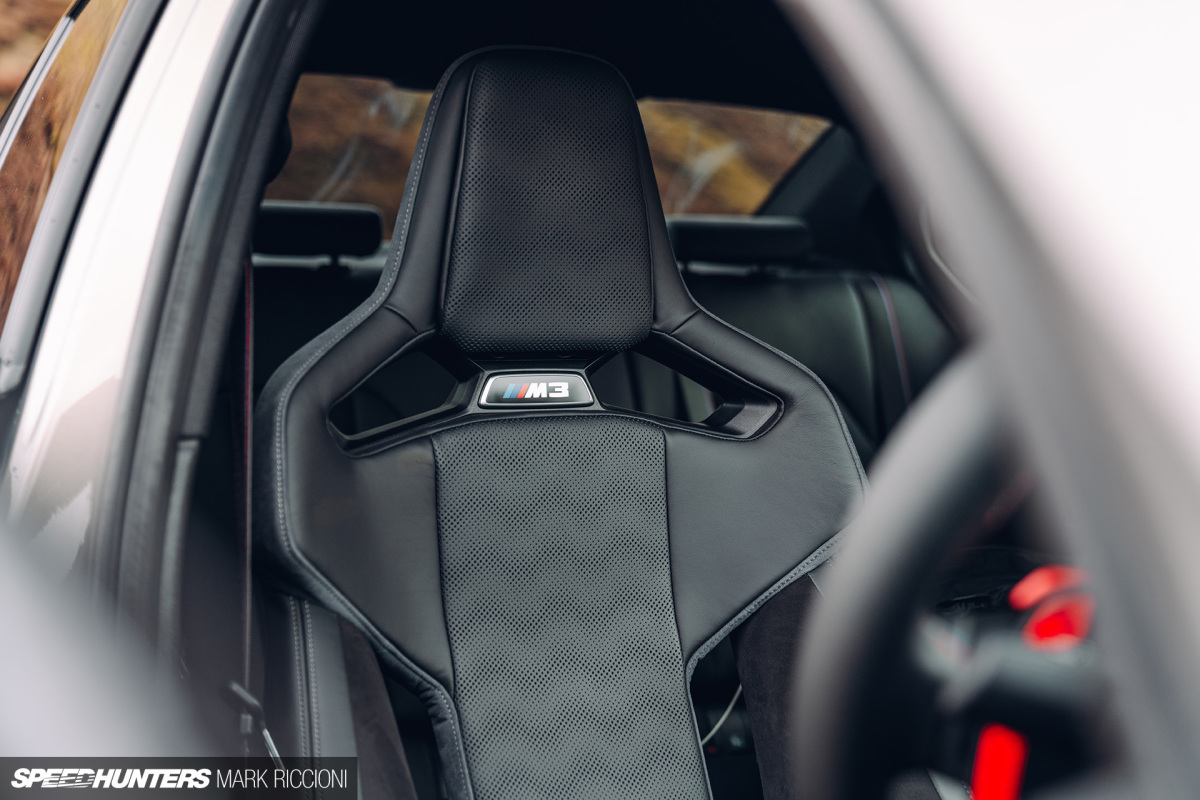
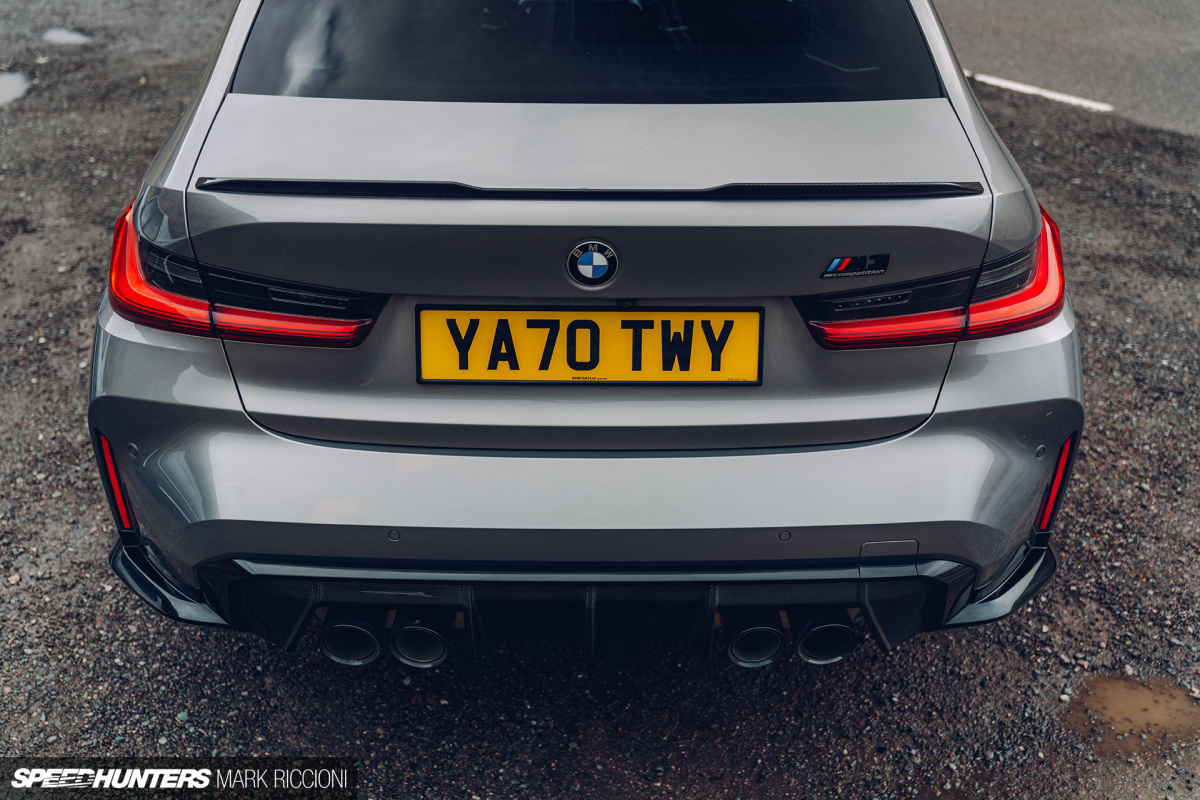
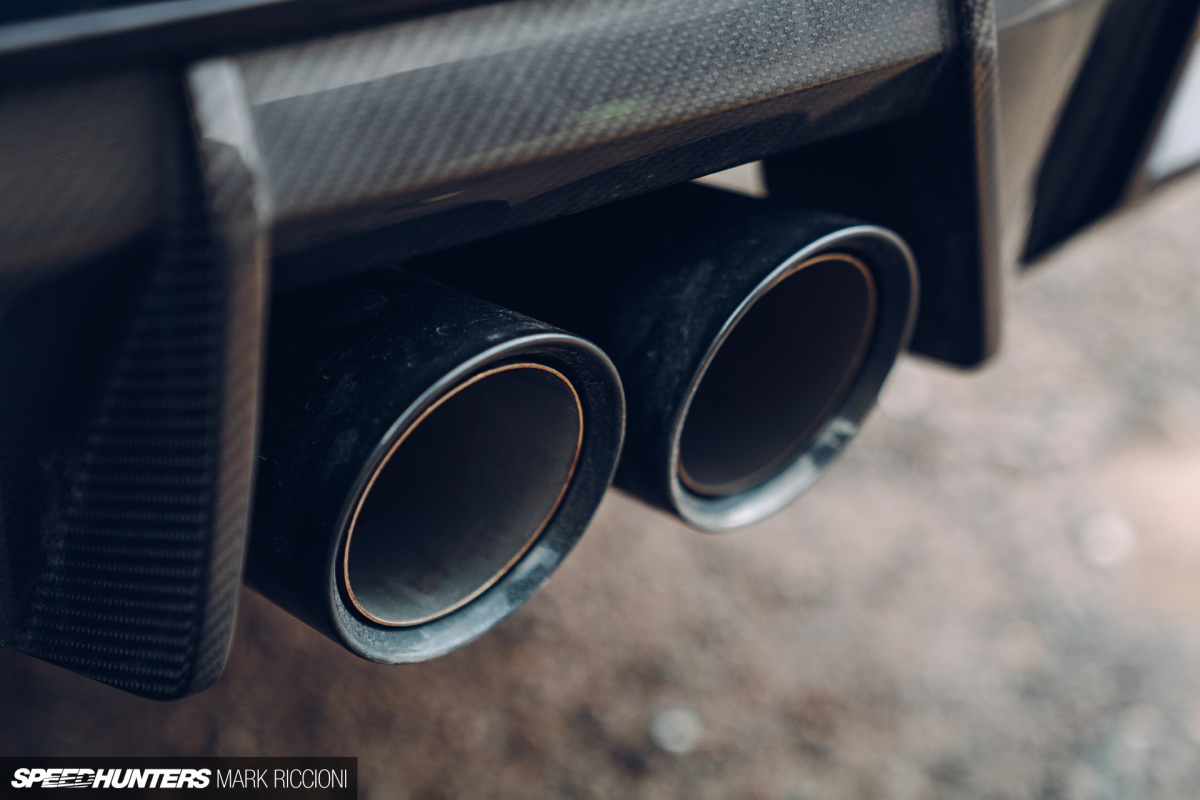
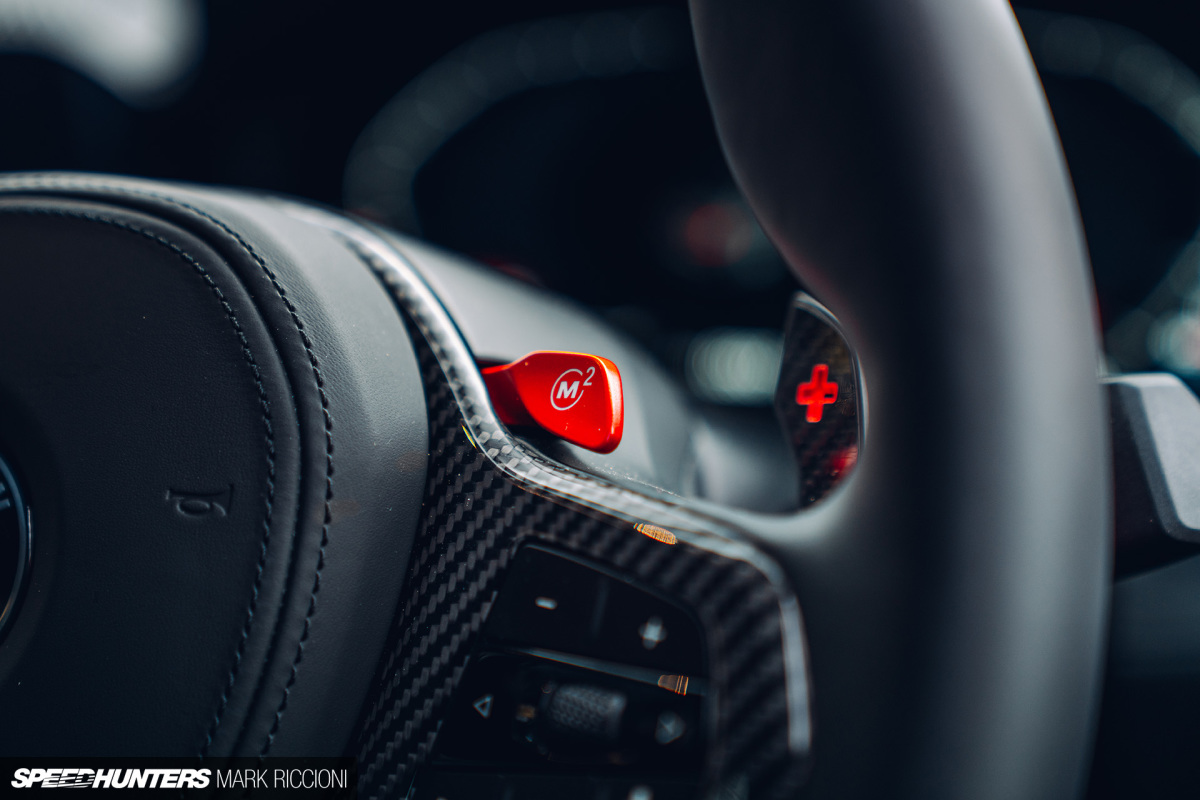
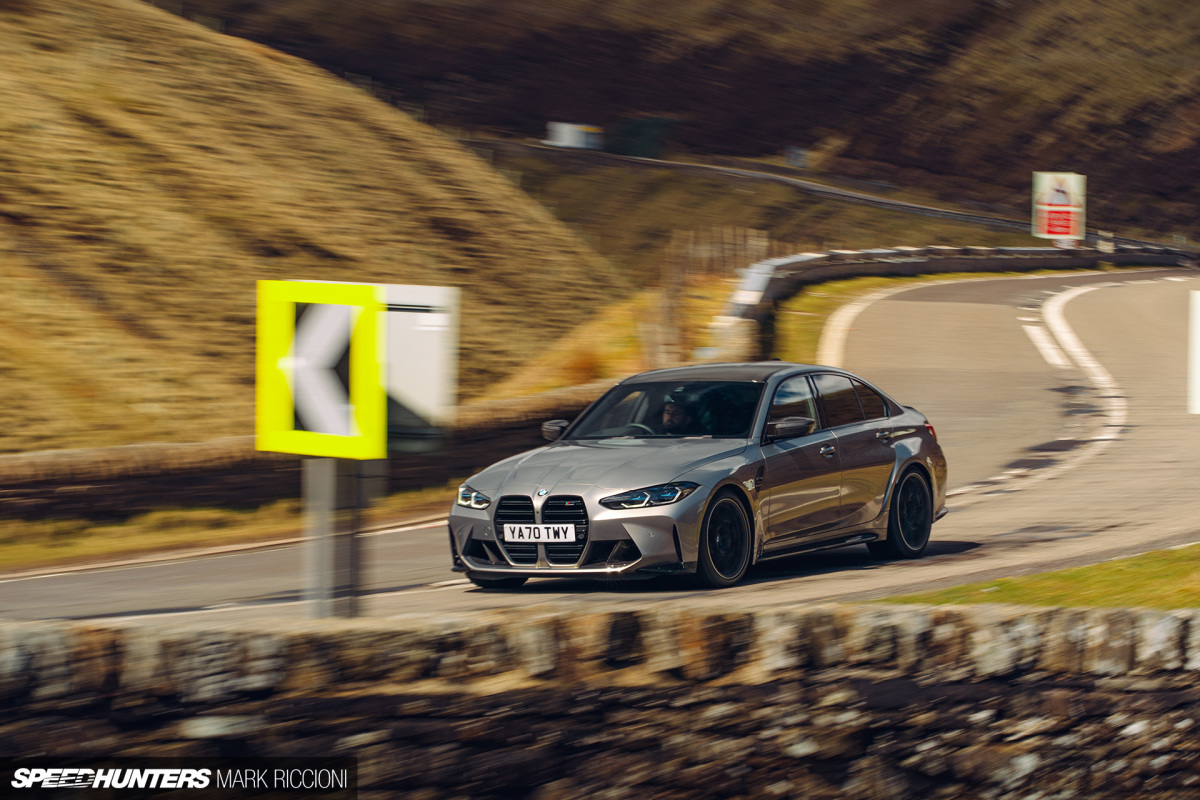
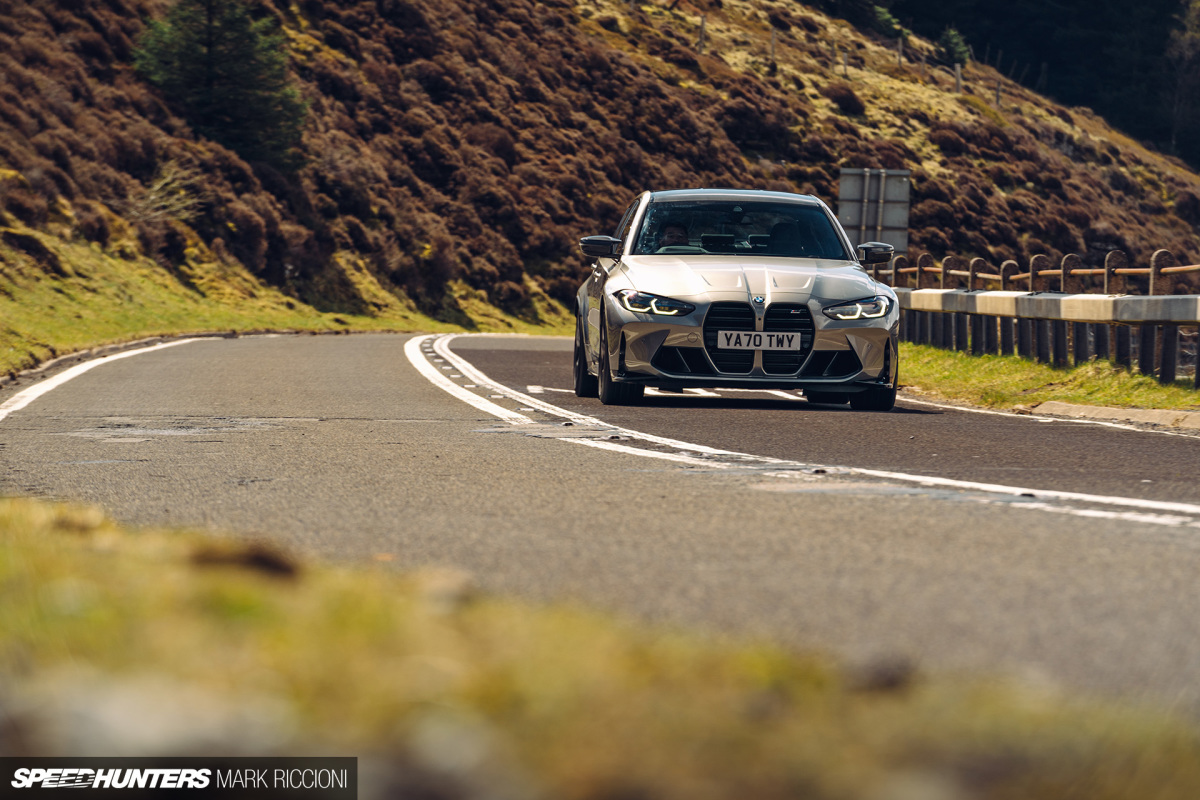
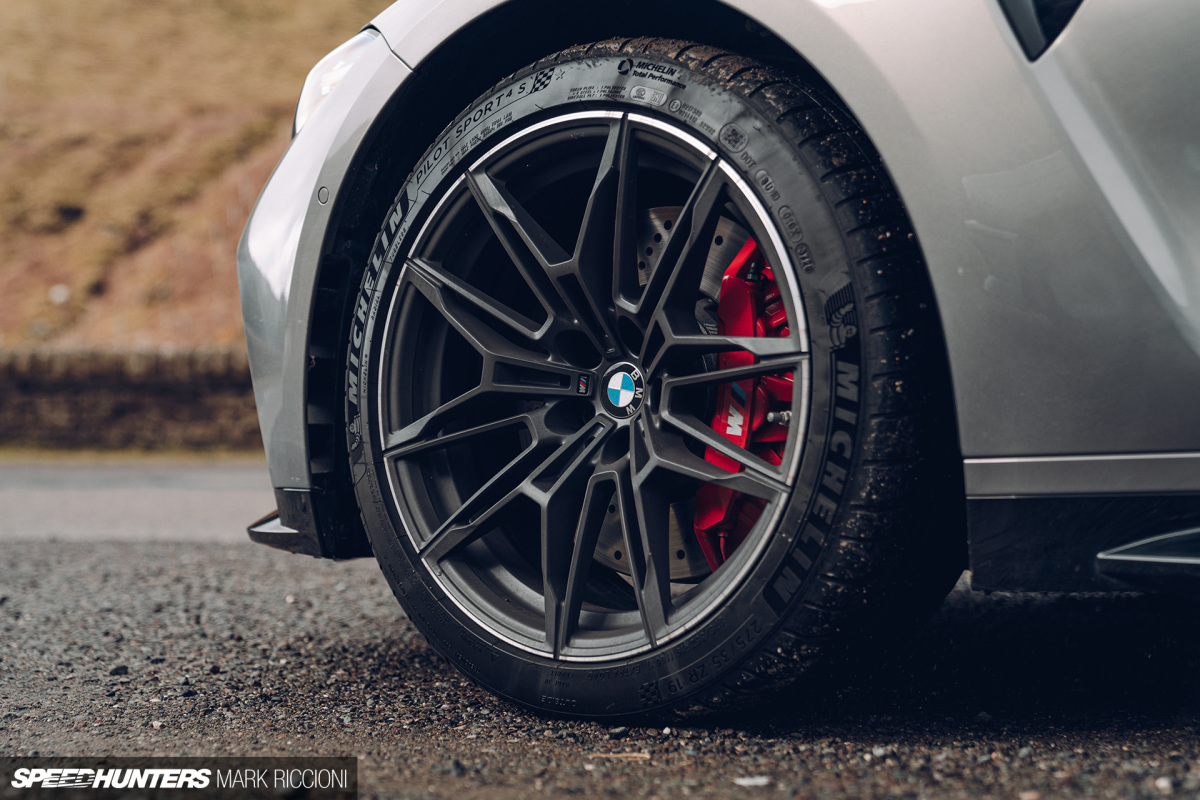
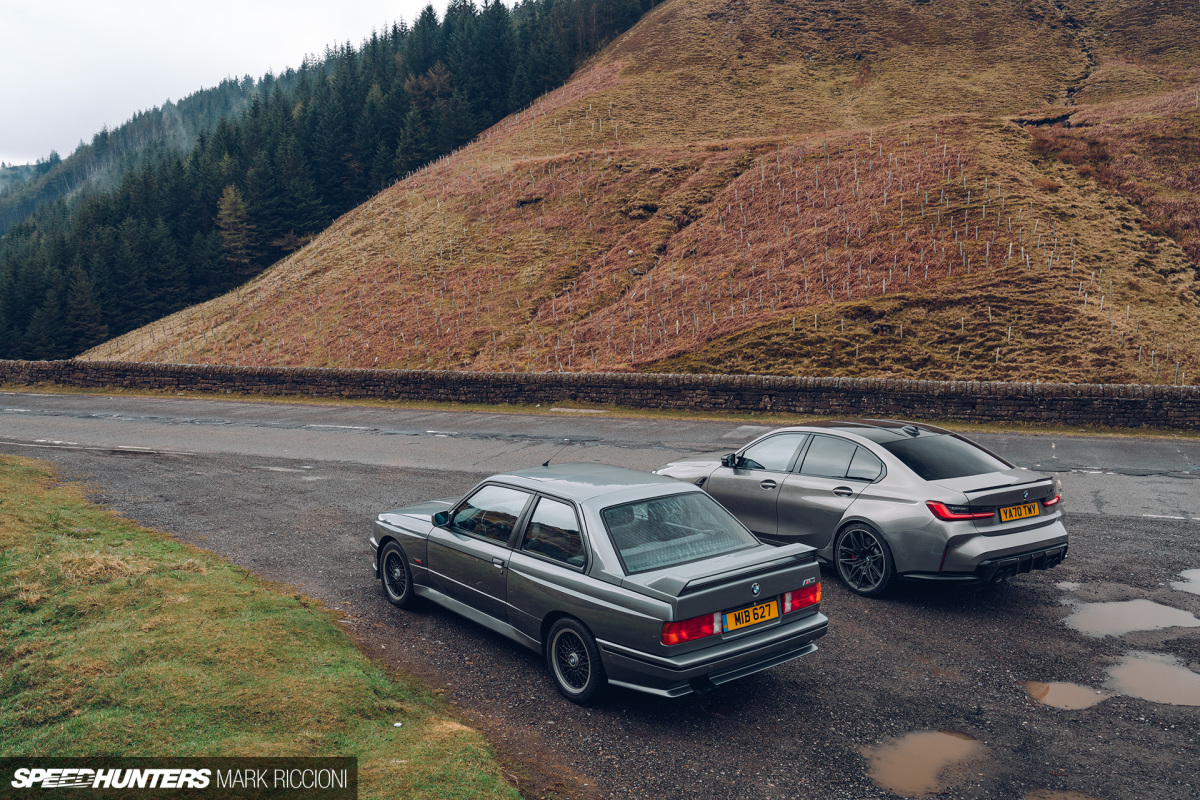
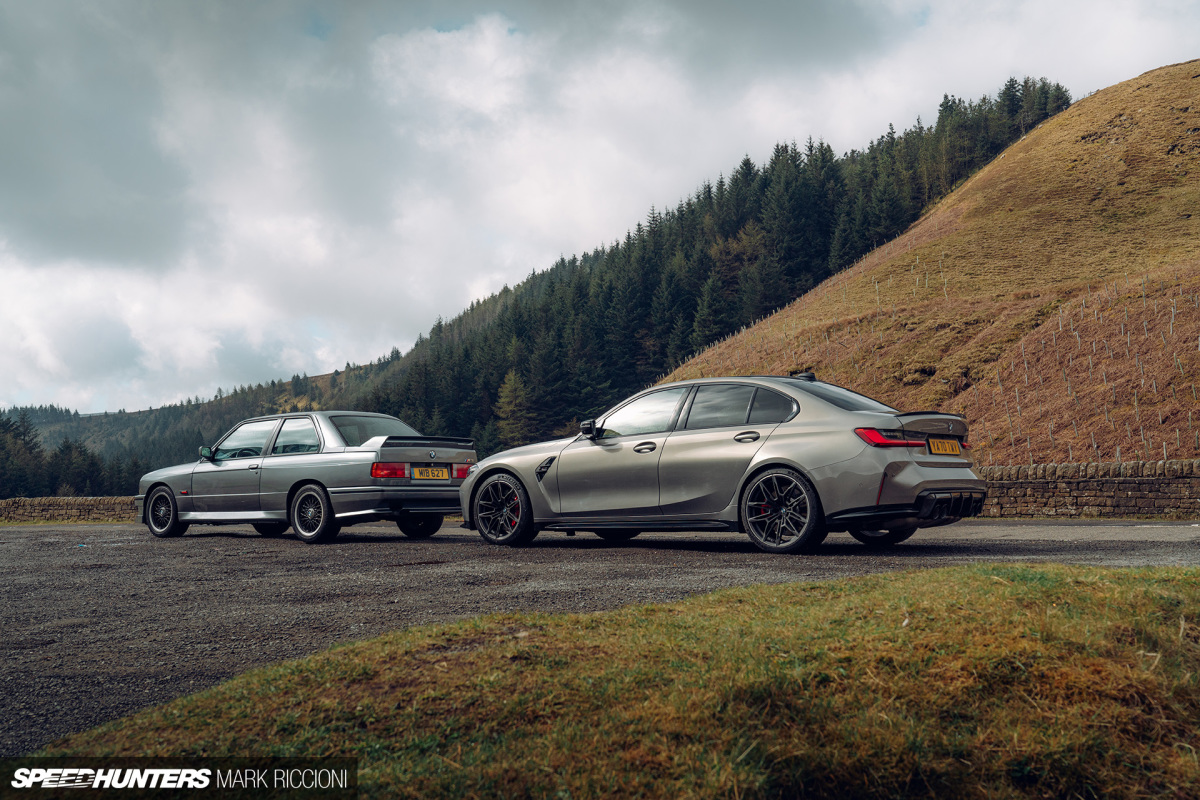
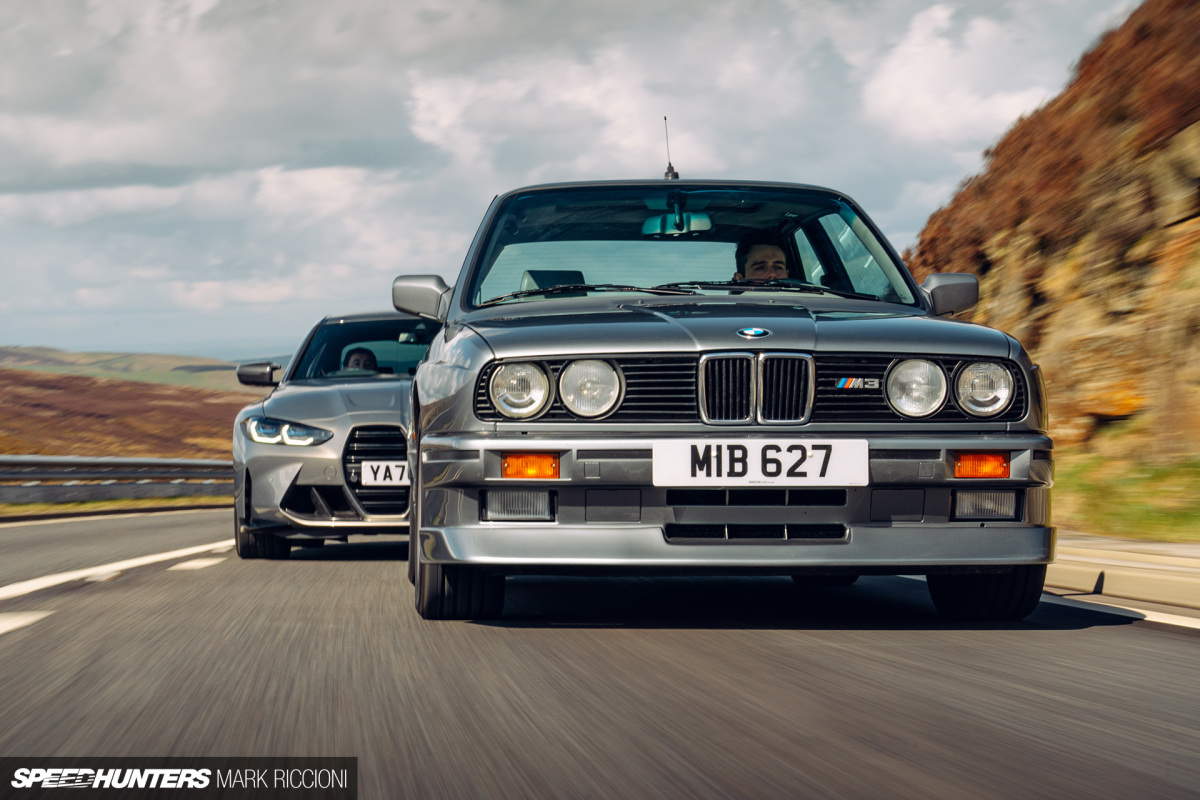






That last photo makes me smile. Every time I see the G80 I think of Chris Harris looking into the camera while demonstrating an exaggerated overbite during his Top Gear review of the car.
I respect that the large opening likely allows a superior fluid dynamics solution, but I cannot bring myself to agree with the choice.
What a load of BS. The real Ms are all dead since the late 2000's, and this new wannabe troglodyte porker has less to do with motorsports, racing, or it's own Badge's heritage than these authors have a Pulitzer or a shred of self respect. How much did BMW pay for this one? "Fluid dynamics" still bucktoothed and still inferior to Tesla's cf... Only the gullible goosestepping morons would take that lazy, cheap load and applaud.
Garbage. BMW just didn't sell enough to just tool up and make BEV's already, at least VW realized how stupid they were trying to stuff this obsolete "straight to crusher" ugliness down the trendy sheeple's throats and start making the cars that really matter in this sandwich time. What's even funnier, an old, cheaper Z06 or Mustang GT350R (let me rephrase, a MUSTANG, bro) would wipe the floor in every department with any "M3" since the n/a V8 or the Inline six did it's rounds actually winning something or other, instead of paying for wins like the M8 has been trying hard for, and then crying about it when the real sports cars show up.
If you want proper ICE, buy vintage, used pre-2012 BMW, Porsche, Lotus, Chevy... So many options for much less money, embarrassment, and crapping all over one's heritage.
"What's even funnier, an old, cheaper Z06 or Mustang GT350R (let me rephrase, a MUSTANG, bro) would wipe the floor in every department with any "M3"..."
One of the things I've noticed over the years is the habit of the automotive press in America to compare American cars to European (specifically German) cars, and in nearly every case, the European car is judged the better vehicle. Now, here's the problem. The European car is always better in some UNQUANTIFIABLE way, like "steering feel" or "leather texture." Something you can't put a yardstick to. How convenient...
"Well, yes..." The tester will grudgingly admit, "...the CTS-V was faster and has more horsepower and more lateral g's, but the M5 just FELT more planted in corners."
"Yes, the Camaro ZL-1 had a lower Nurburgring time, but the M3 has a nicer interior, so the M3's the better performance car."
"The Mustang GT350R's the performance bargain of the century...if you're doing performance-by-the-numbers, but our money's on the Audi S5."
And on and on...it's always the same story. No matter how good an American car is, it's never as good as a European car. Essentially, the problem is snobbery. Autojournos loathe having to admit that the Ford or the Cadillac is better than the BMW, so they judge the car by some metric nobody will ever be able to call them on.
Imagine if the journalistic bias were reversed and performance cars were judged on some equally-moderately-related metric like their ease of repair or reliability at 50,000 miles. American cars are clear winners on both counts and the Europeans would be the perennial losers.
The original for me every time. That new one is just a hideous computerized mess. The front is a nightmare and the taillights are just stolen off a Lexus. Even in that last pic where you covered the grille, what on earth is going on with the lower grilles? Lines flying in every random direction possible! Its a discordant jumble. If I have to say something nice about it, I like the wheels and the classic 3 box side profile. The rear haunches are done really well.
And this shows BMW still knows how to make the ultimate driving machine
Anyone got a number for a German oncologist for the glaringly prevelant kidney cancer?
Thoughts and prayers BMW.
Beauty and degenerate Ugly.
Guess u have 0000 tast or blind
Grow up get a life with you pice of shit
Ford brakes every corner I can smoke you with my m3 anytime
These newer BMWs look hideous.
The only ting off putting about the M3, is the writer who cant decide if he likes it or not. Give me a frickin break Will.
C'mon Will. You are very knowledgeable about the Bimmer mark. It clearly shows in this lovely article right up until this point. The previous generation M3/M4 (F80) was equipped with the S55, a derivative of the N55 engine. The (G80) M3/M4 has the S58 engine. First deployed in the (G01) X3M/4M in 2017, which of course is a modified shorter stroke and bigger bore version of the B58 six. It's the last attention to detail that matters.
You're absolutely right. I am sorry, that was very lazy of me. I took 3-litre straight-six twin-turbo at face value and eschewed BMW's material that it was an all-new engine as marketing waffle, and I was wrong. I'll get it updated and, as I have now learnt, there are some fundamental and useful changes. Thank you.
X3Ms are F97, not G01. X4M is F98 chassis code. G01/G02 were for vanilla X3/X4s
1700kg, that’s one heavy sports car!!!!!. I still remember the outraged when the wrx become a 1500kg car back in the day now it’s quite the light weight compared to these Modern super quick cars.
After reading the article, let me state what's on my mind.
I love the capable and performance of the new M3, but I don't like its look.
I'll take the old M3 any day and I'll be happy to live with it for the rest of my life.
I think you can't compare the M3s anymore, it's not apple to apple anymore. As I see it: it is a benchmark for the sport sedan market for the given generation. As a very small example, you used to pay more for an AC when it was an option back then now you have to pay more so they can delete it for you. The 2 series is closer the the old M3 formula in my opinion.
Plus the 5 series and the M5 on top of it created a new market when it was originally released so i think that the M5 is the "masterpiece" and not the M3 (not taking any credits from the M3).
I didn't realize the uk don't get the manual in the m3 and m4s. Did we actually get the good stuff for once?! Love the pics:)
It would seem that way. Although sales numbers in the UK for the manual F80 were so low, that very few people will truly miss a manual here in Blighty.
Great article Will, accompanied by some amazing pics from Mark, the Snake Pass is one of the finest driving roads in England, if you visit when traffic is light...
No one ever forgets on the internet, commit seppuku in atonement! :p